Photography Classes at the Ulsan Foreigner Support Center
Over the past 6 months or so, I have barely had the time to update my instagram let along write any blog posts. I have been busy to say the least. However, this is not one of these long rates about being overworked and underpaid. I am actually, doing a lot of things that I have only dreamed about over the last few difficult years.
The biggest news is that I am now working for the city of Ulsan! Every Saturday for two hours, I am teaching basic photography to foreigners in Ulsan. THis has been a dream of mine for a long time. Thanks to Dan down at the Foreigner Support Center, it is now a reality.

The purpose of this class is to teach basic photography to foreigners regardless of the type of camera that they have. Also it is to showcase the beauty of Ulsan to the students as well. Through their photography, they will also show the rest of the world how amazing this city truly is!
So far, we are into our second session and the class is going very well. For the first session, we focussed on the basics of photography without getting too bogged down in the nuts and bolts of what makes up your camera. I mainly mushed my students to used compositional elements to create photos that told stories rather than just recorded moments.
Now, for this second session, I am challenging the students to really push their creativity to another level. Not too much of a jump from the last session, but I think that the students need a bit more challenging topics in order to grow.
Class Plan
Each class in held at the Ulsan Foreigner Support Center next to the City Hall building in Ulsan, South Korea. The classes are from 10 am to – 12 pm every Saturday. This is a challenge for many students, so I post the lecture ppt in a pdf file in the Class group chat on Kakao messenger.
I keep the same format for each class. We start off with some general discussion and feedback on the previous topics and whatnot. Then we get into the photo critiques. I choose 5 – 10 photos and give constructive feedback on each image. I really try to encourage the students to not be afraid of this feedback as most of the time it is pretty positive.
The new feature to the class is now what I call “live edits” and this is where I show the students how I would edit one of their photos. I don’t any photoshop but usually snapseed or lightroom mobile. Stuff that the students can access without diving too hard into the world of photo editing. I really push them to used snapseed as it is free.

Then, we take a break and socialize for a bit. This allows the students to decompress and get to know everyone. Currently, we have students from all over the world. Mainly, the students are from UNIST, the local university but as the class grows, we have more English teachers, housewives and ever a Korean Student.
Following the break, we get into the lesson part of the class, I choose a topic that will help the students better understand the world of photography and also a topic that they can experiment with regardless of they choice of camera. I pair this also with “snapcards” that I purchased from Photzy and was given permission to use in my class.
Finally, we end the class with a photo mission. It is an assignment that the students have to complete before the next class. This basis for the following week’s critiques. It is usually, what we learned about in class. Other times, it is interesting and timely that incorporates skills learned in previous lessons.
Giving Feedback
I typically, give feedback twice a week for my students. The first time is when they send me their photos directly. That is when I really look at their photos and give the best and most constructive feedback that I can. The next time, I choose the photos and talk about them in class. This is more positive feedback and where I can show different ways to bring out the best in their images.

From my understanding, the students really want to hear this sort of feedback and they want to improve. I generally gear this session to not focus so much on what is wrong but areas where they can improve. That way, they don’t look at their art as something that is wrong but a place for growth and improvement.
Photowalks
Finally, once a month we go on a photowalk to various places around Ulsan. This allows for the students to get out and enjoy the act of being in a beautiful and focussing on taking pictures. I think that this is one of the best parts about the class. We actually get out and take pictures together.

In the past we have gone to the Taehwwa River National Garden, the Bamboo Forest and even as far as Daewangahm Park in Dong-gu. Again, I understand that many students will have a tough time getting to these places until we have reliable transportation secured. So far, we have always had a good group of students come out.
The bottomline here is that I am really happy with the class. For far too long there has been a bit of gatekeeping within the foreigner community with programs being directed at and sort of controlled by a certain few. Other times they have been run through bars and whatnot and rarely see the light of day as those places are not the best for programs that don’t involve drinking.

Now, their seems to be a new era in the city with Dan Gauthier helping and backing many new programs that actually help the foreign community here and not just help a few foreigners become popular. I am grateful to Dan and the staff at the Ulsan Foreigner Support Center for making this class becoming a reality.
Also keep following my social media channels as I will keep you updated on all the current happens and when the next session will begin.
The post Photography Classes at the Ulsan Foreigner Support Center appeared first on The Sajin.








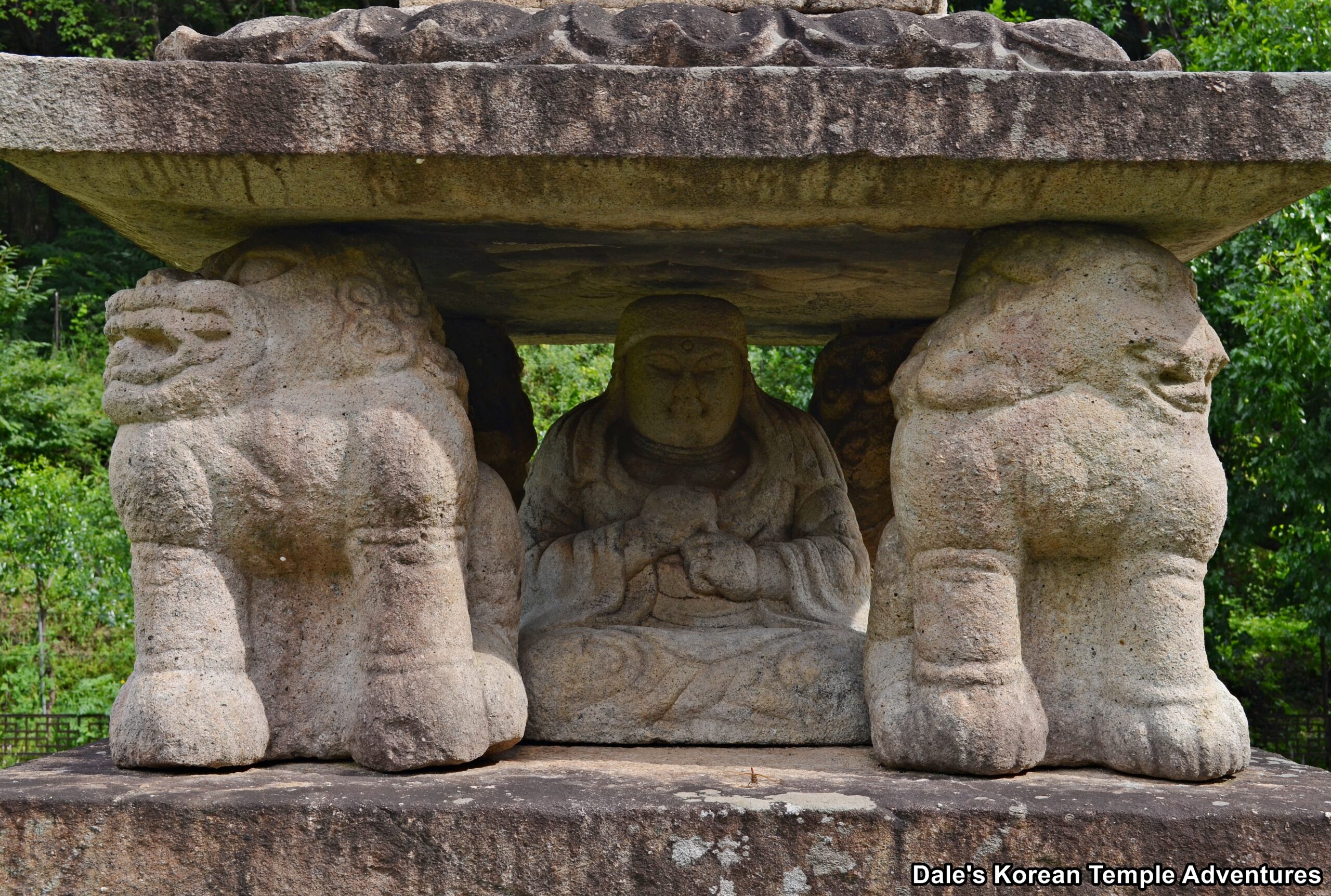
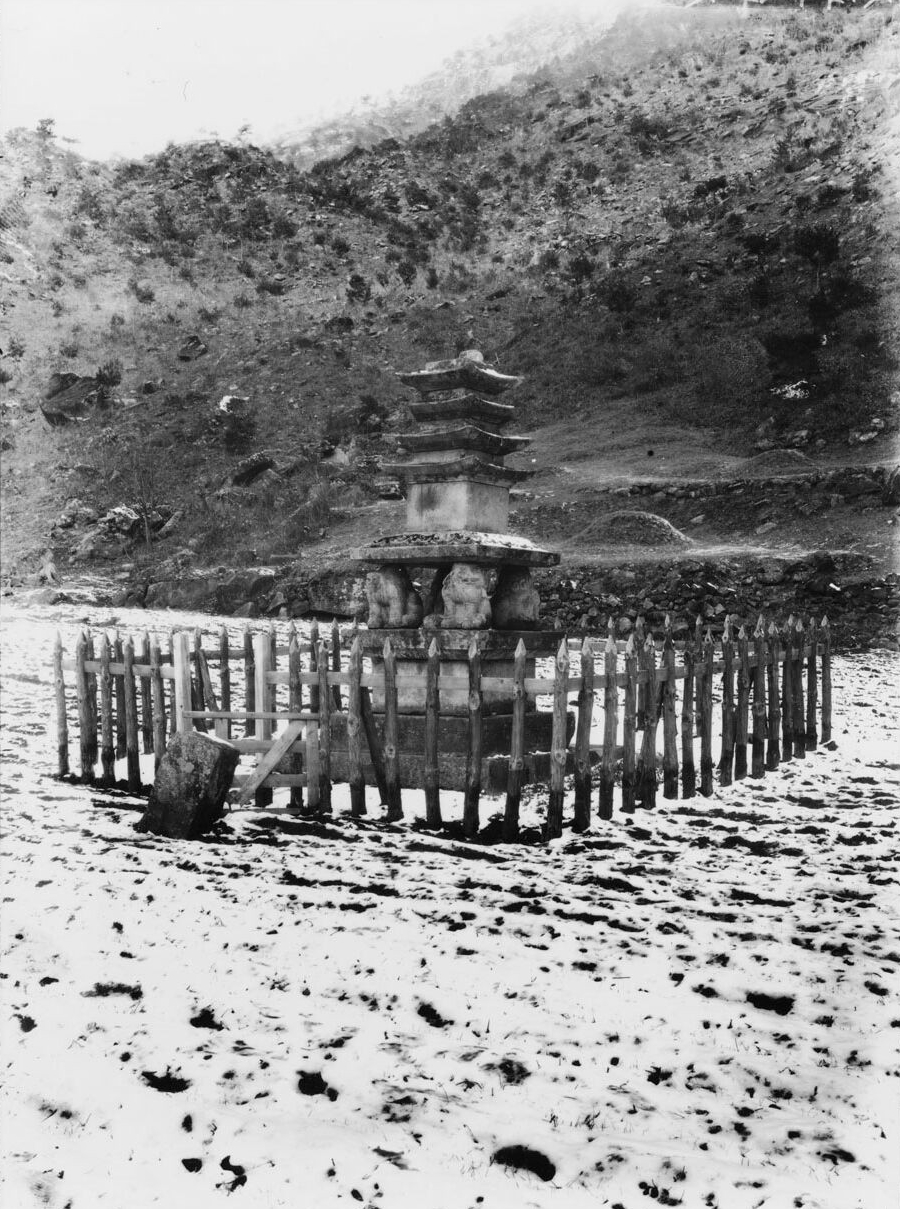
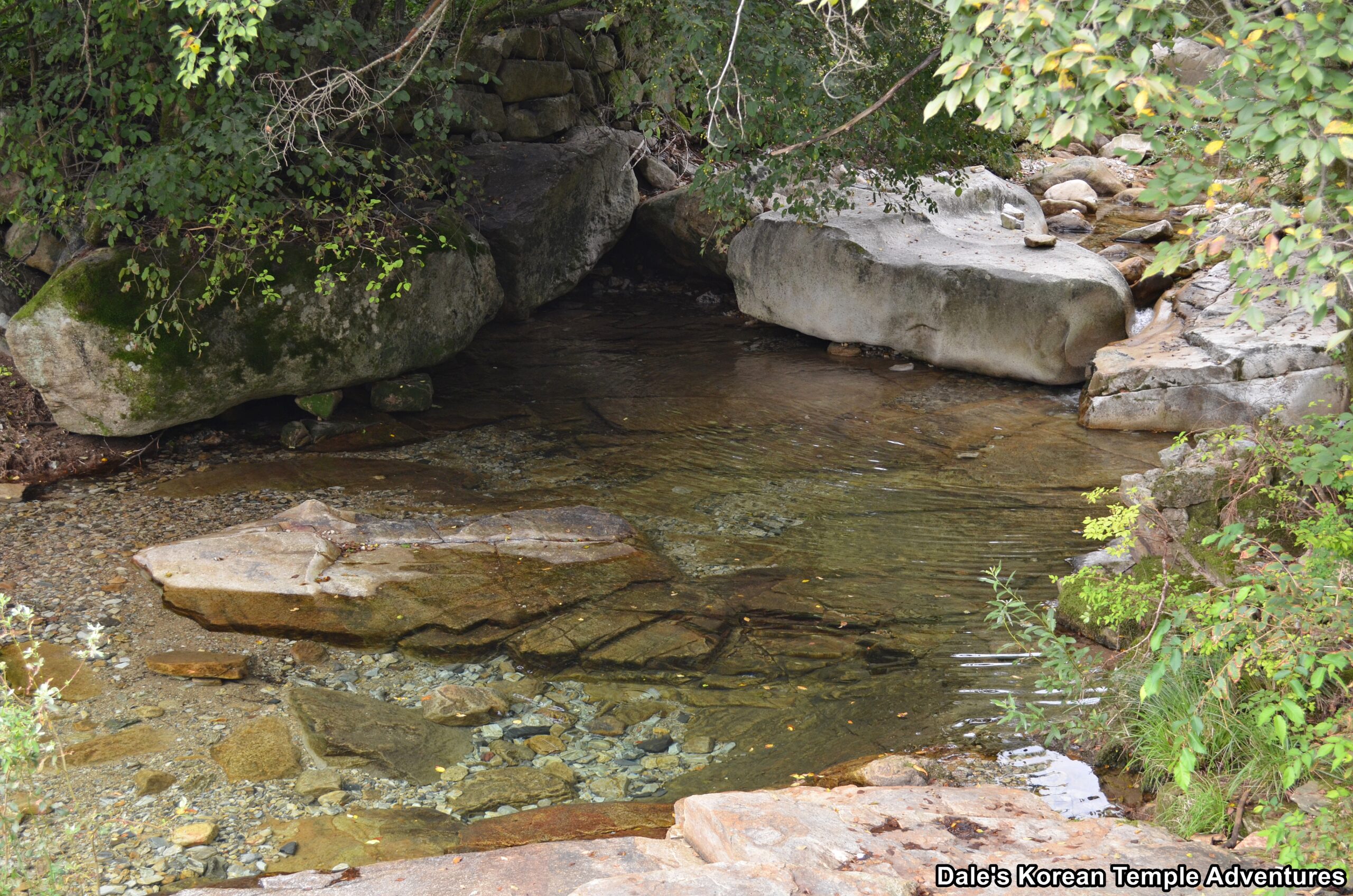
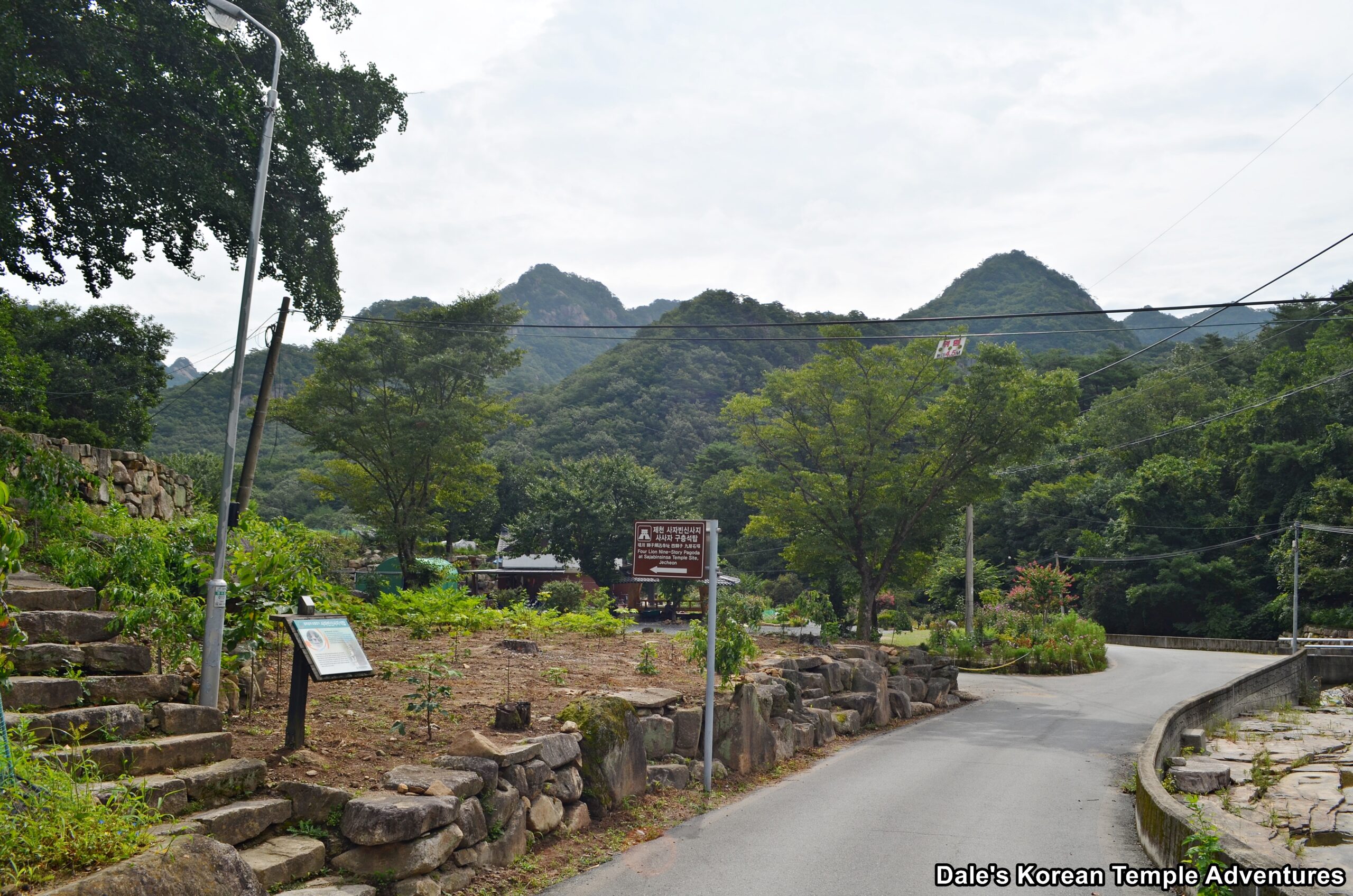

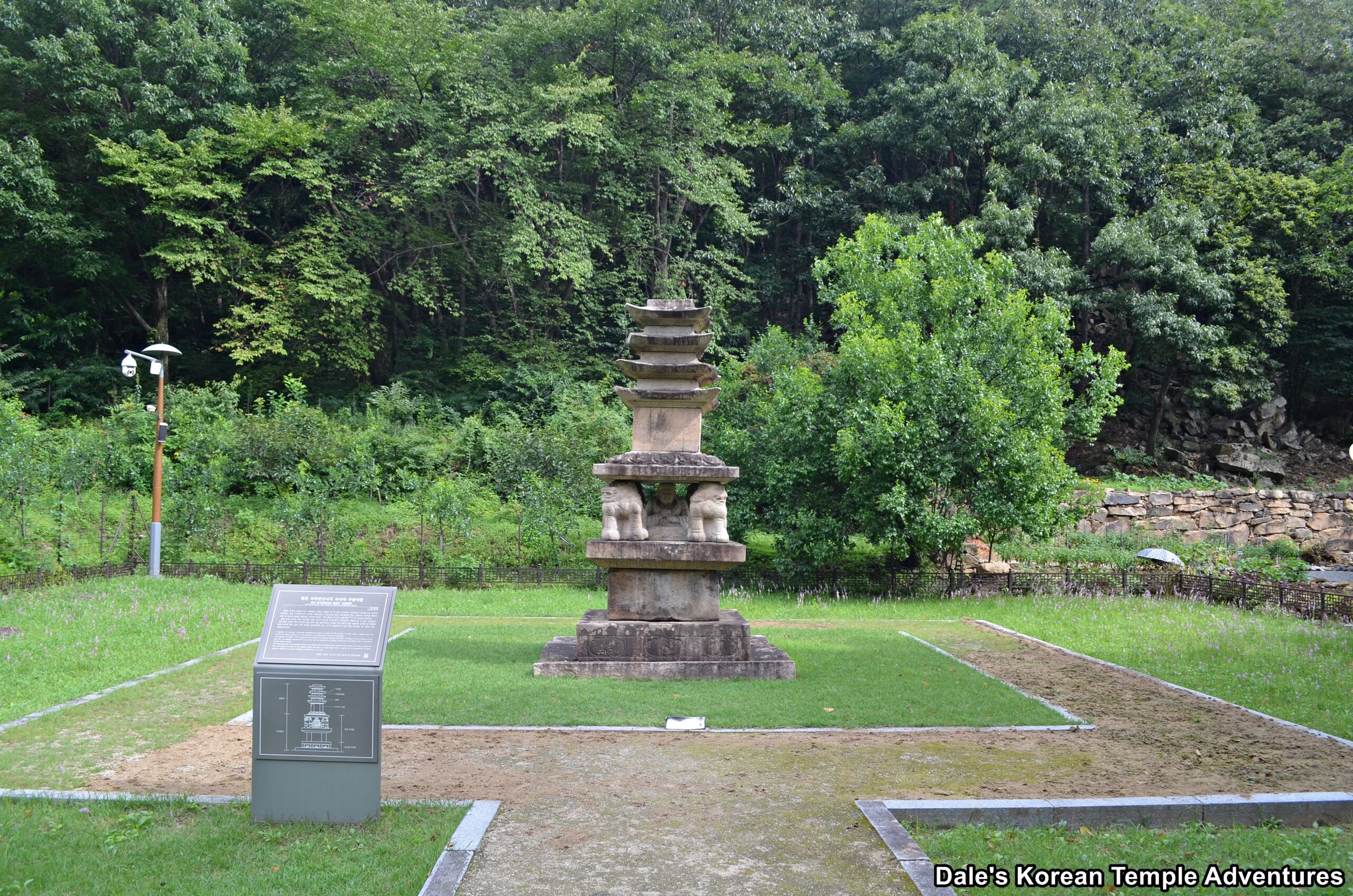
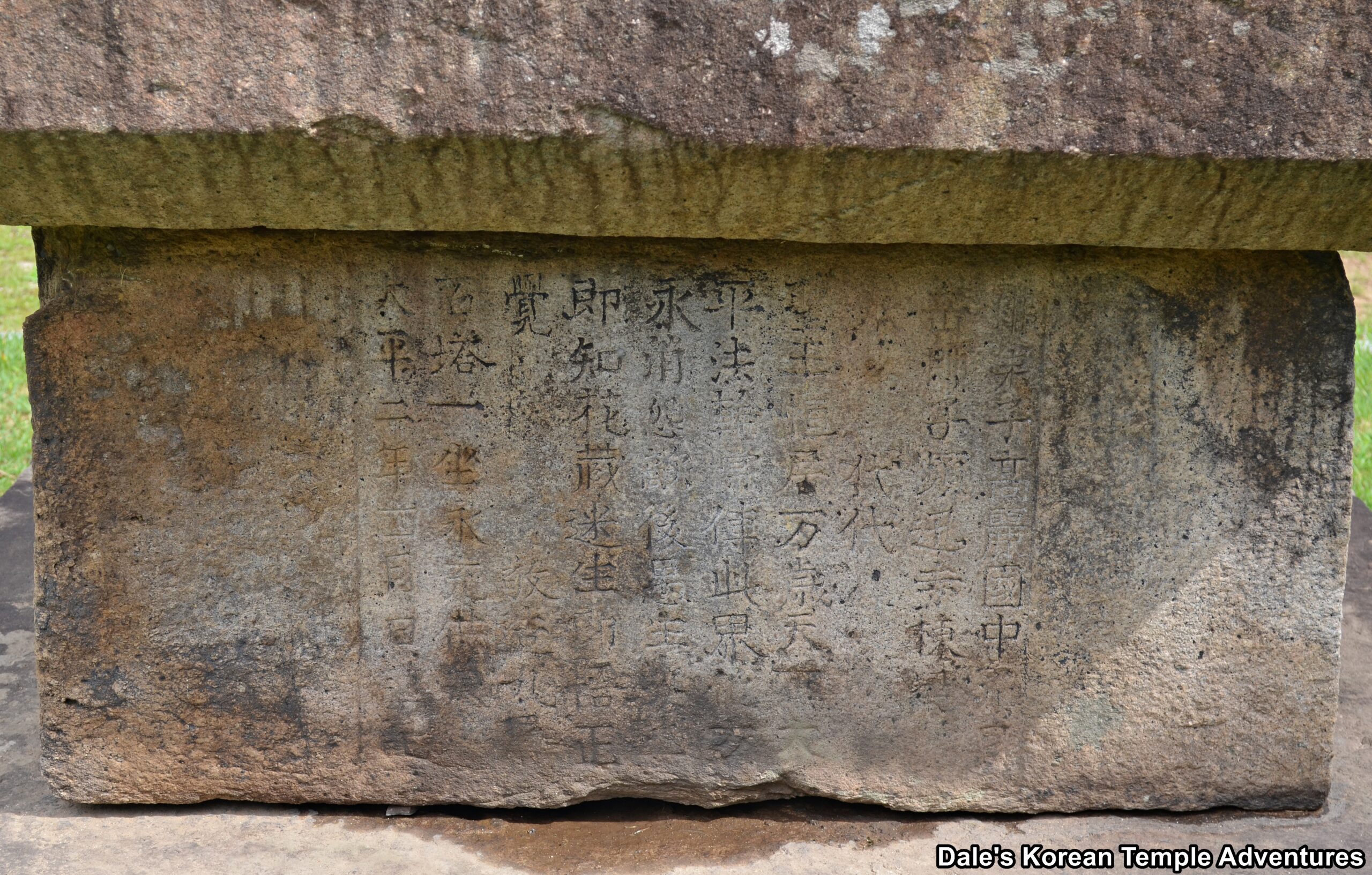
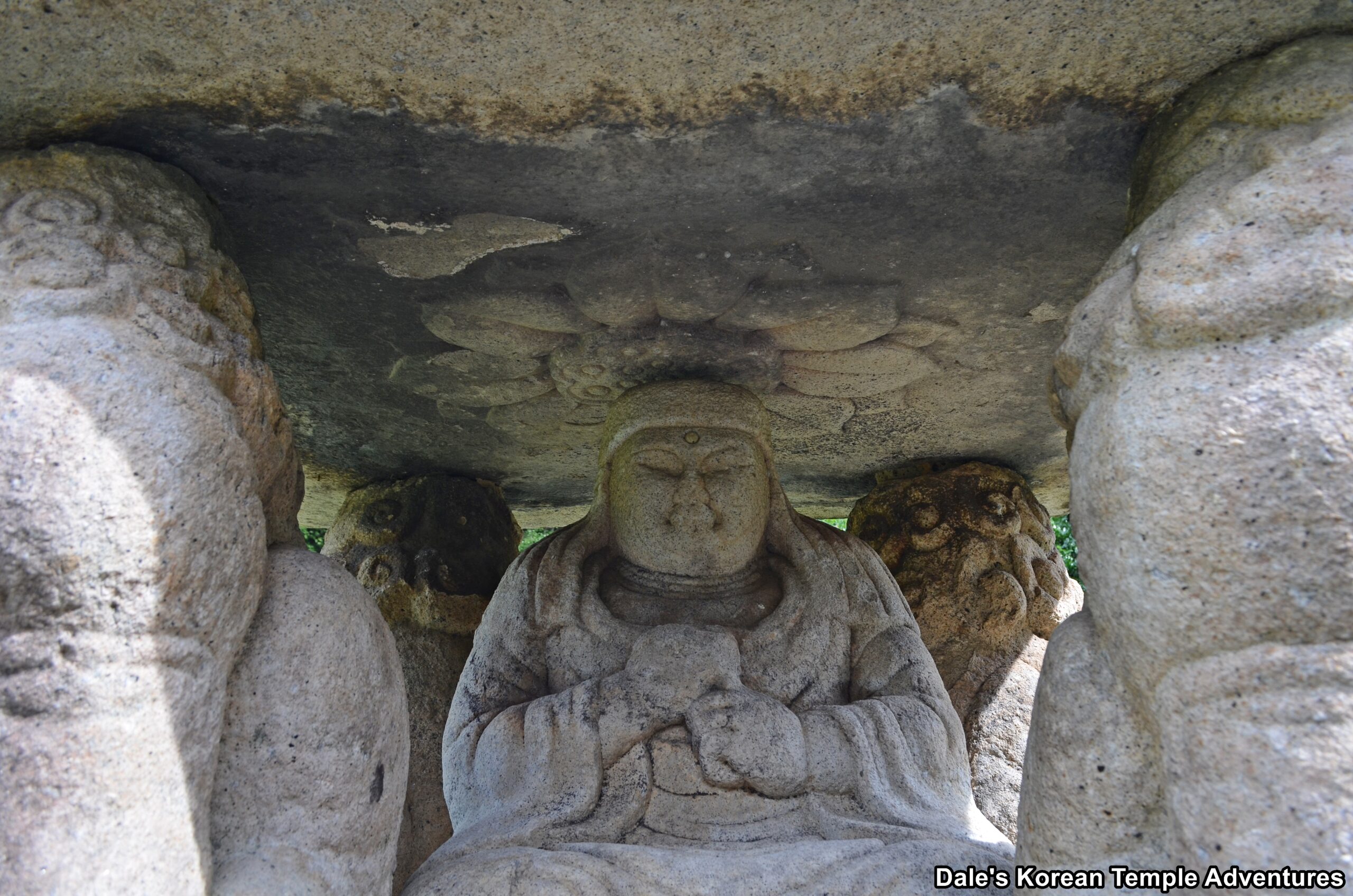
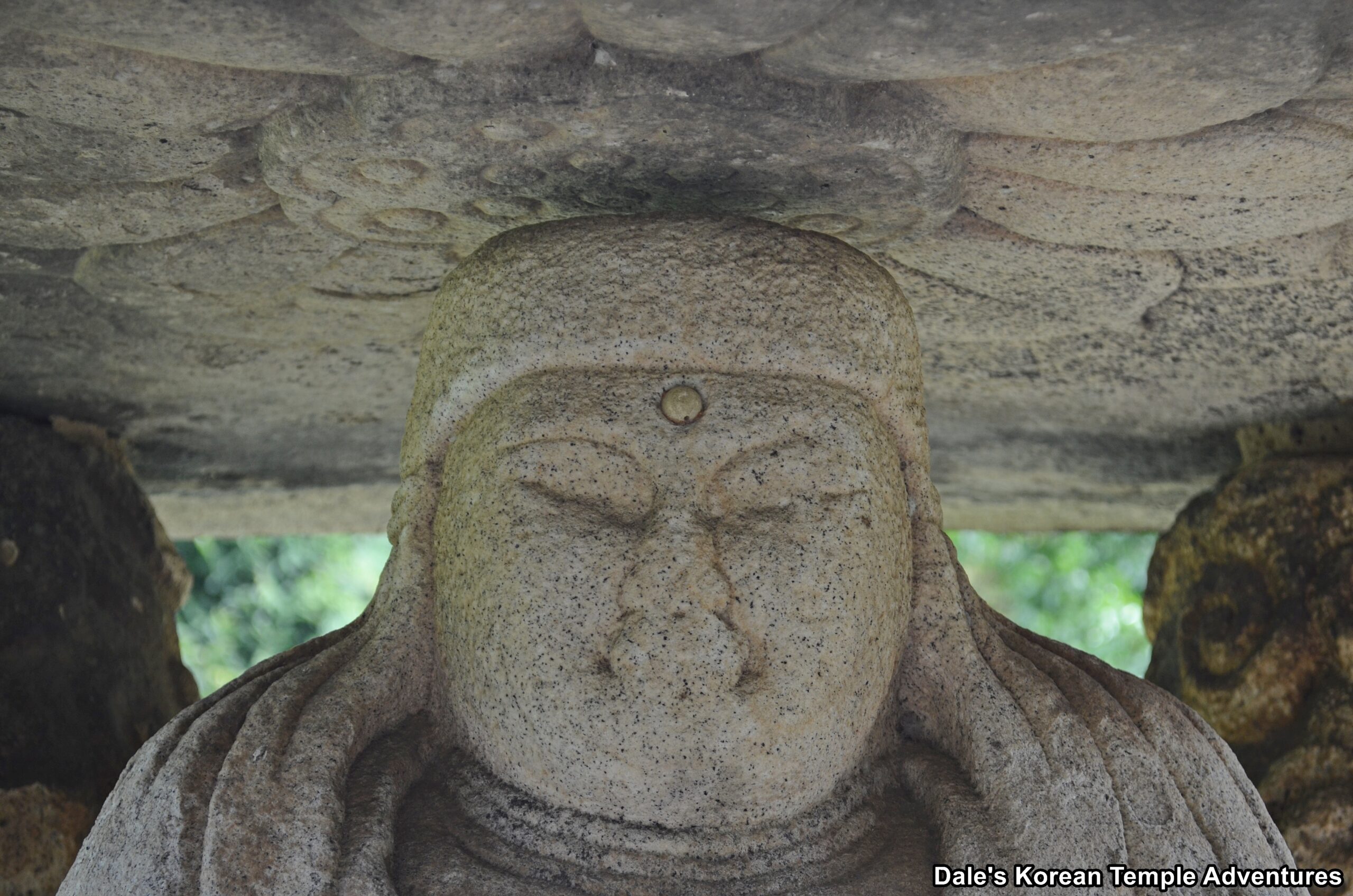
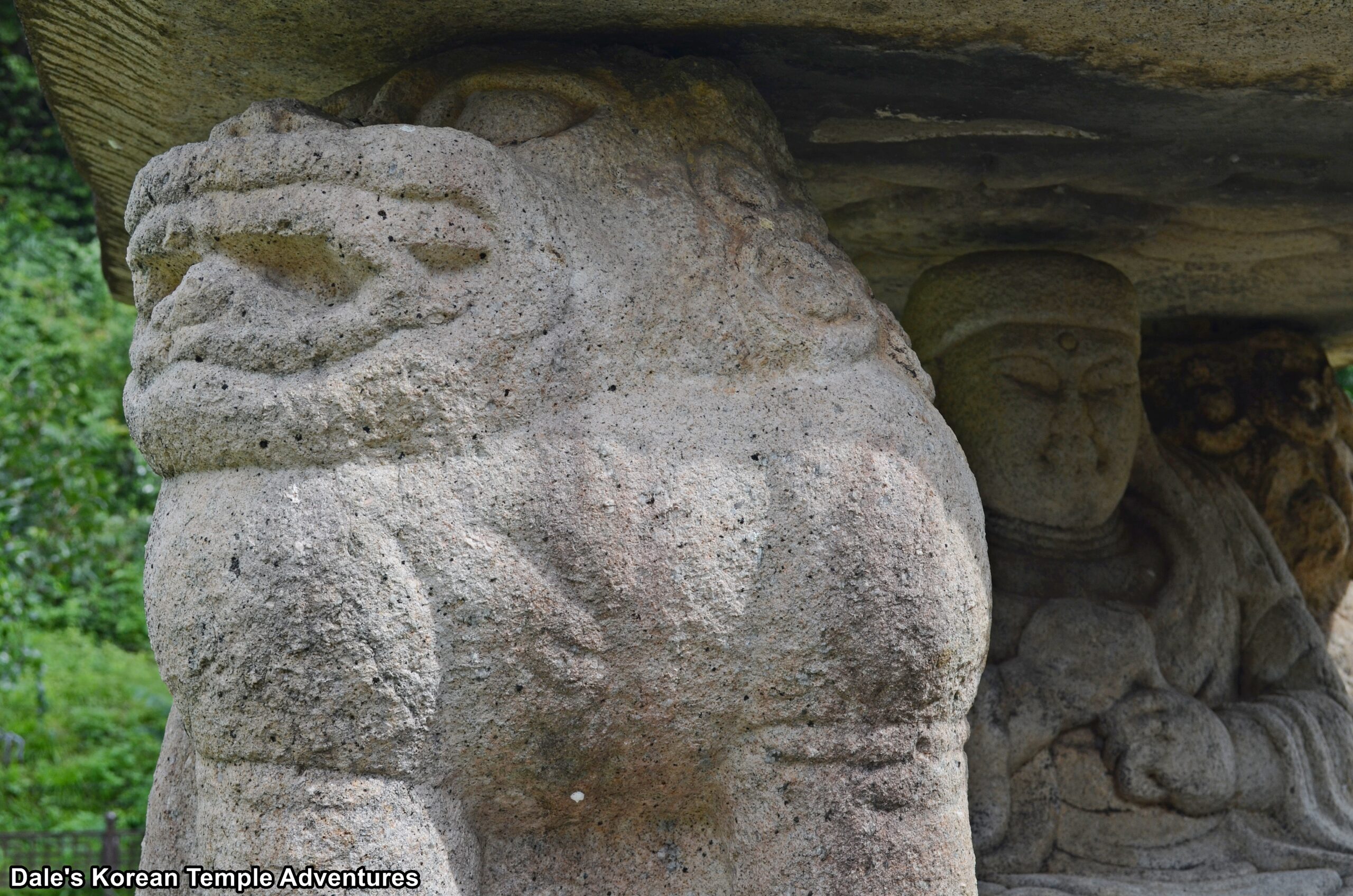

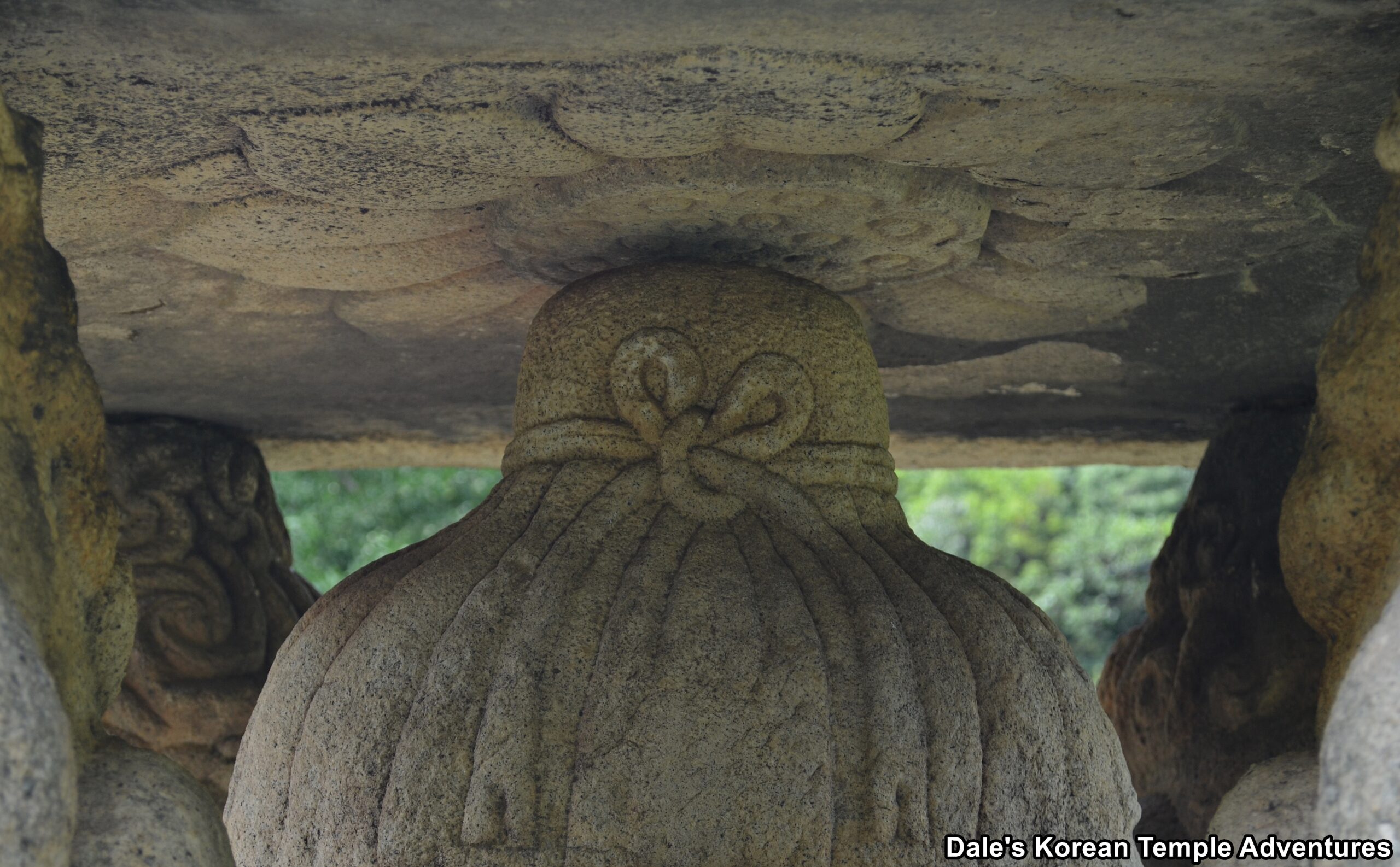
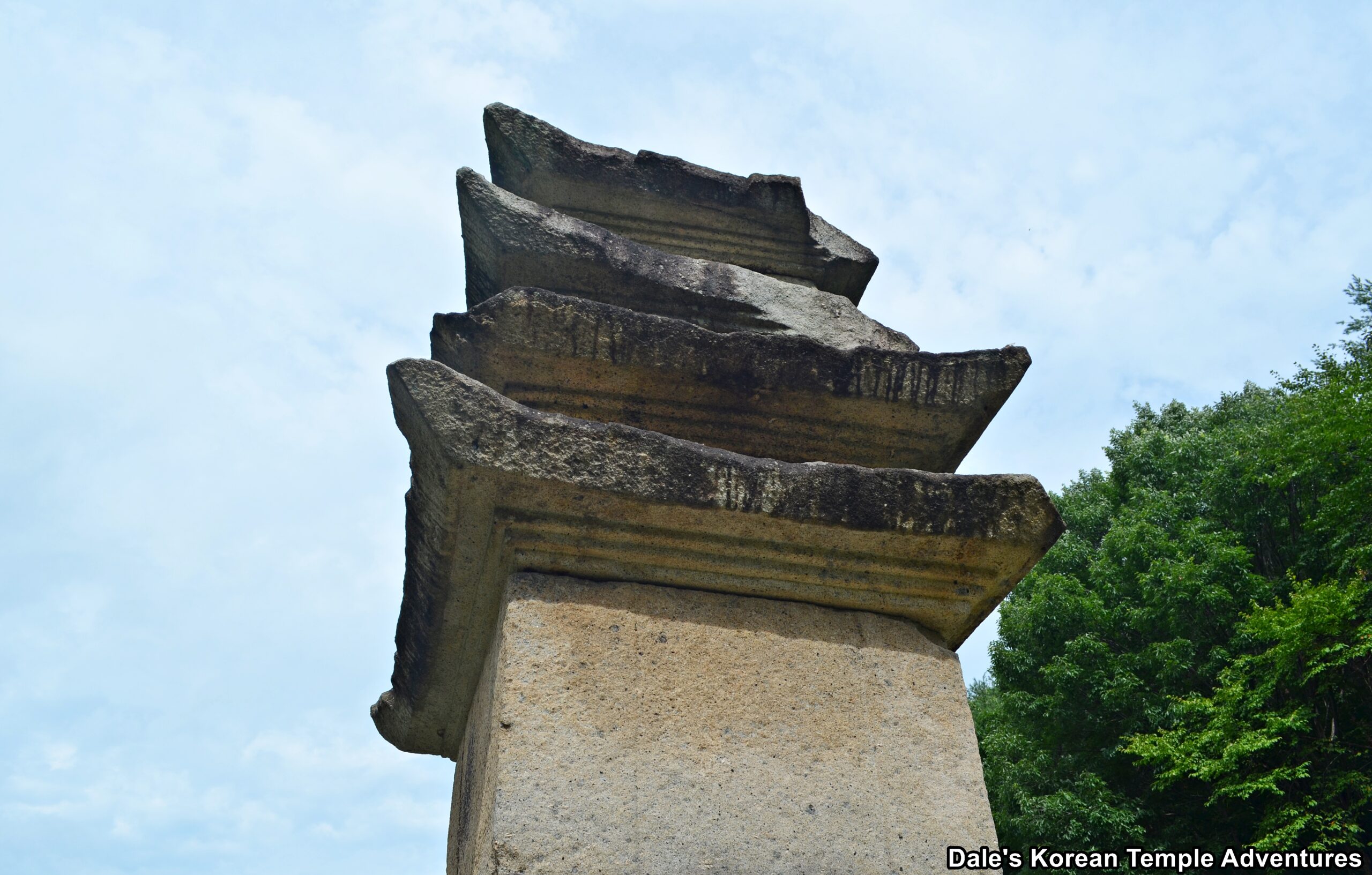
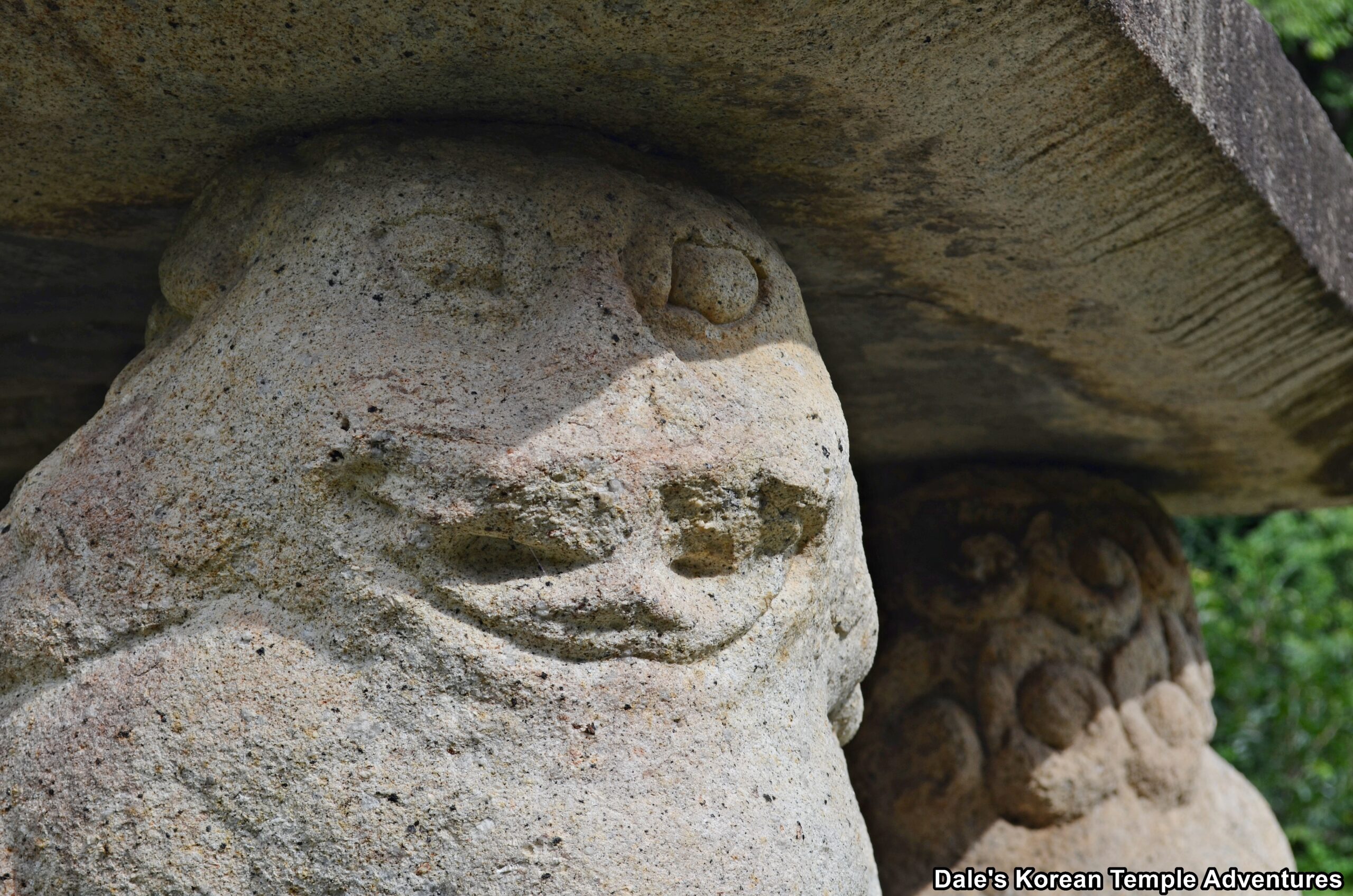
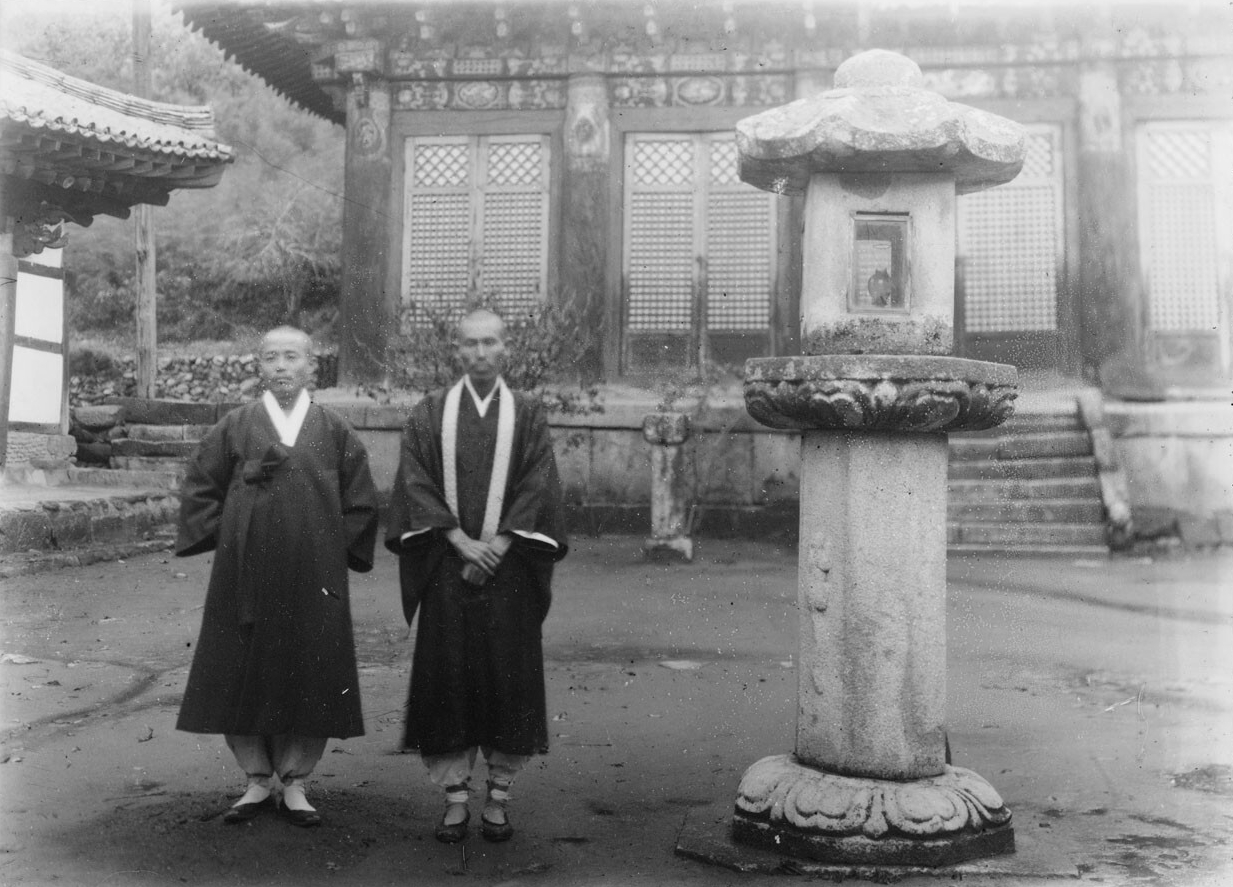
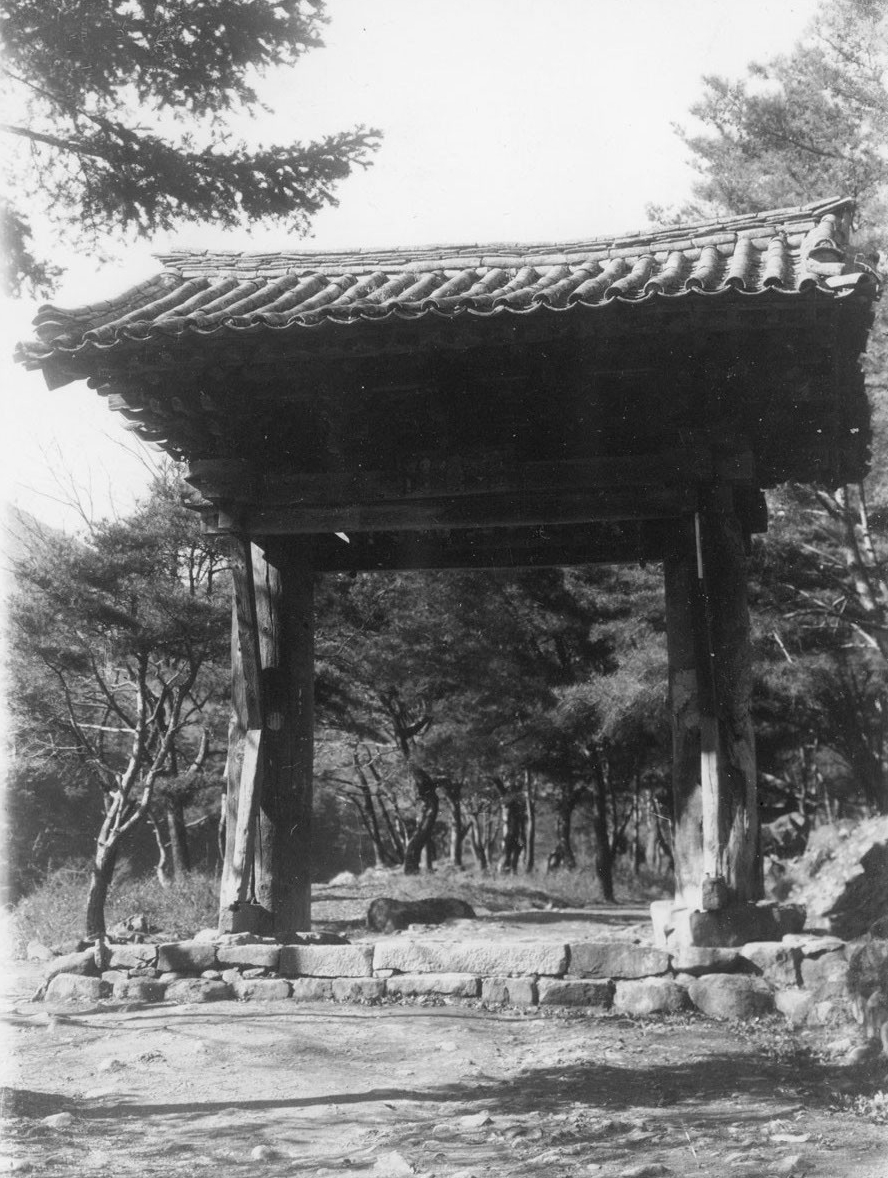
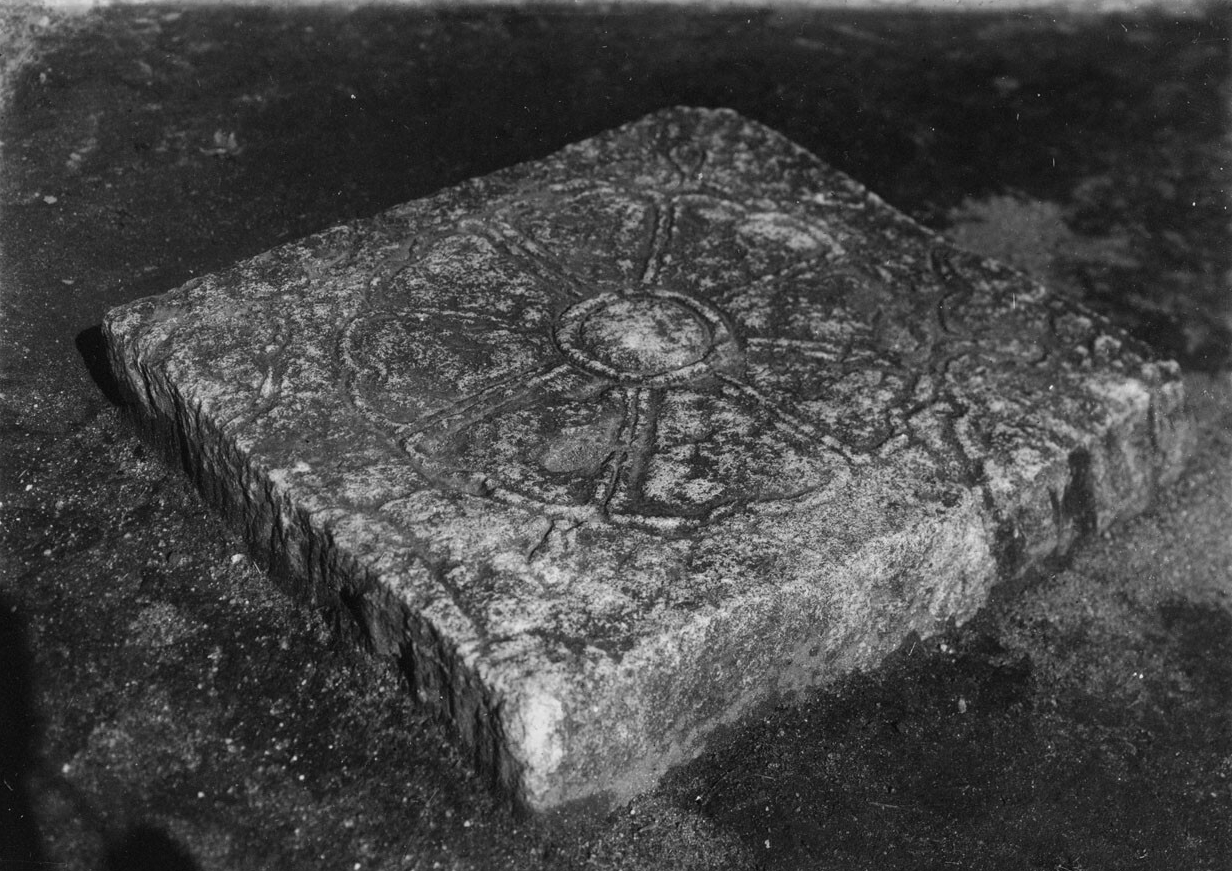
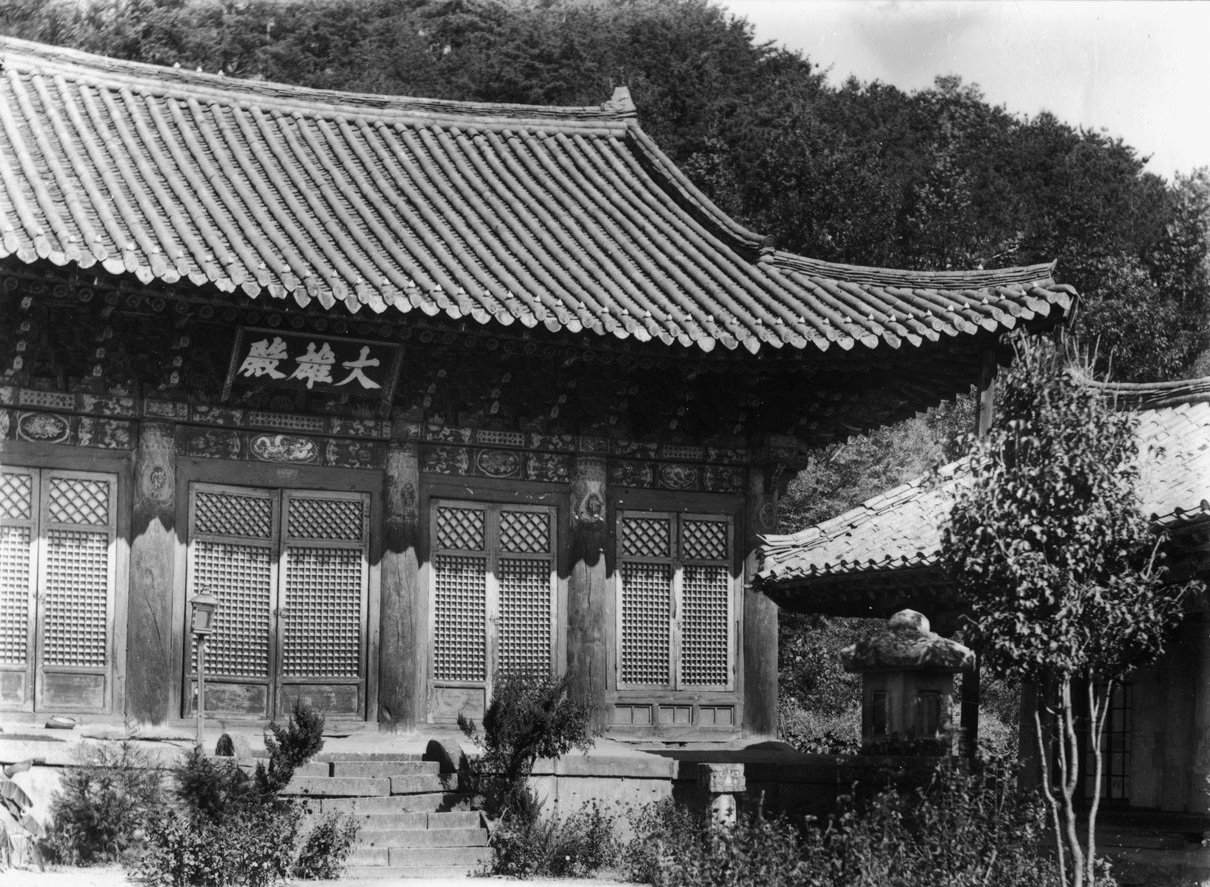
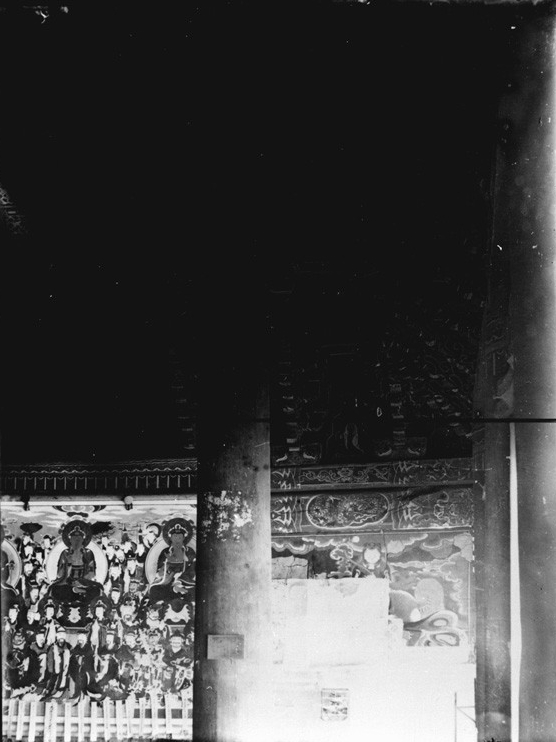
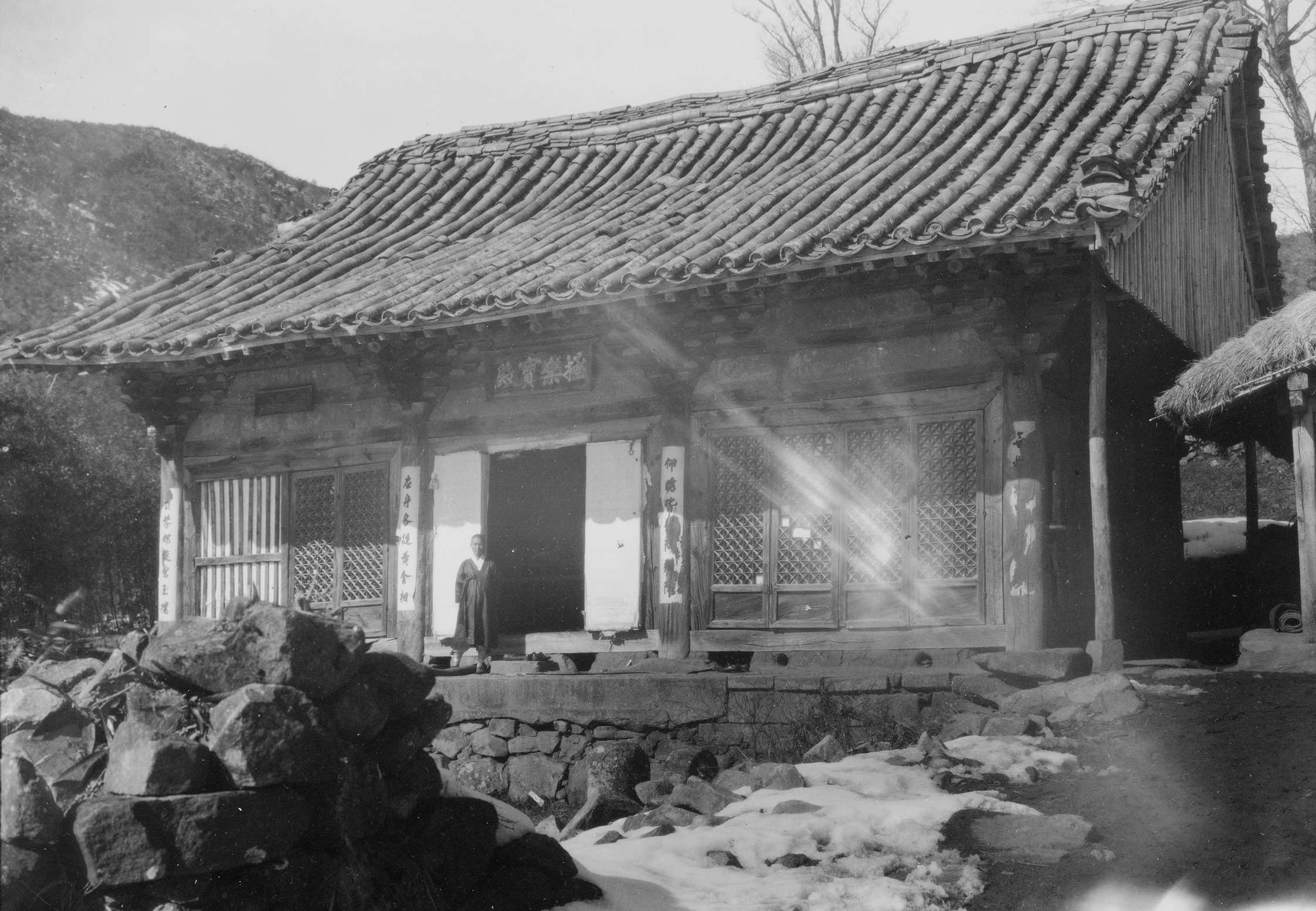

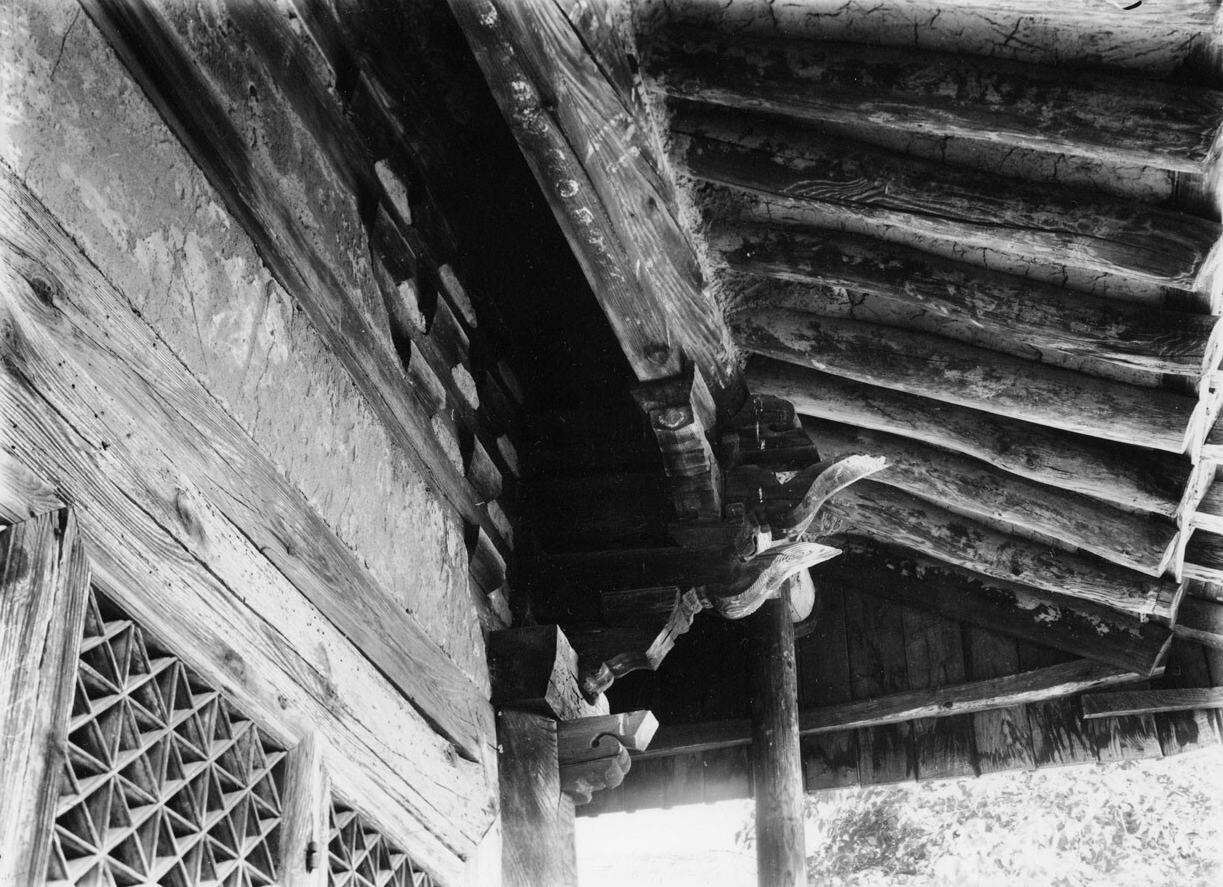
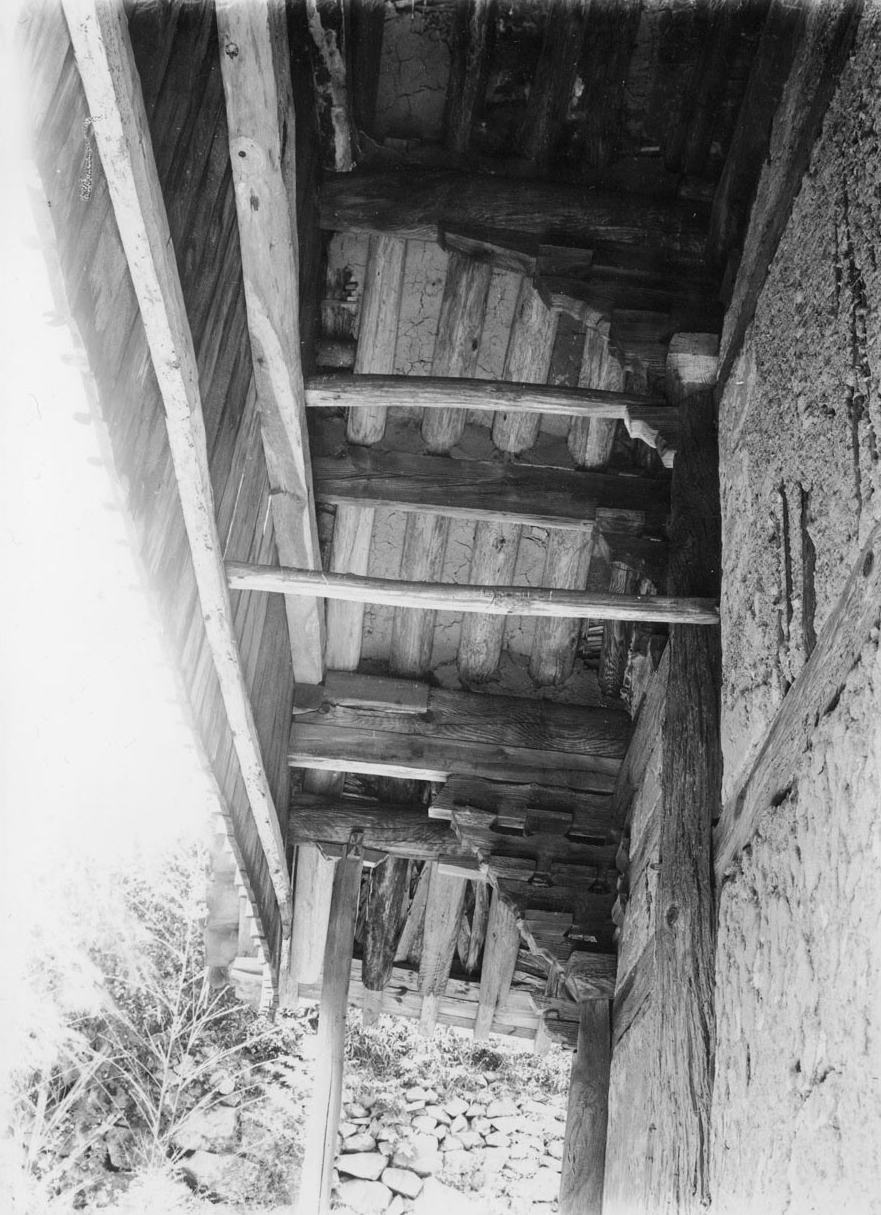
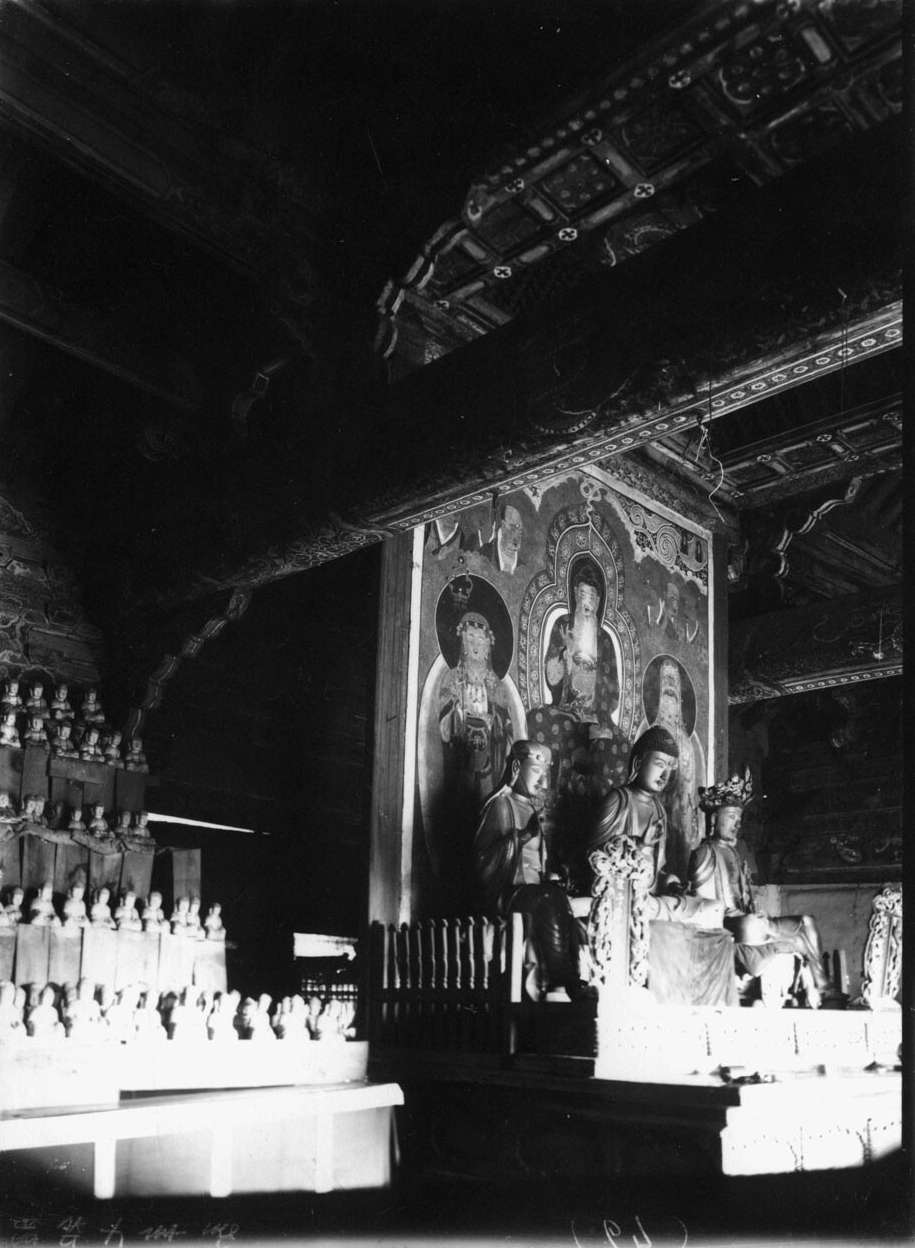
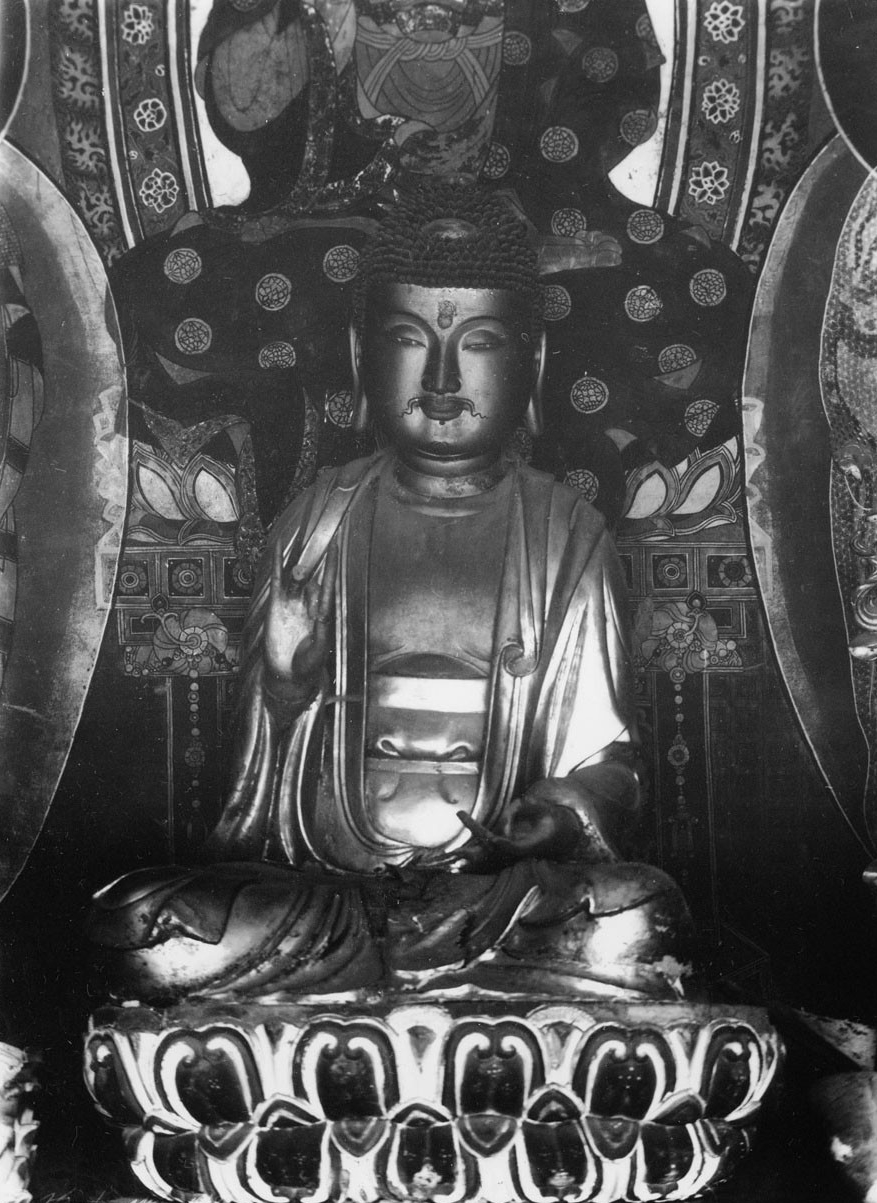
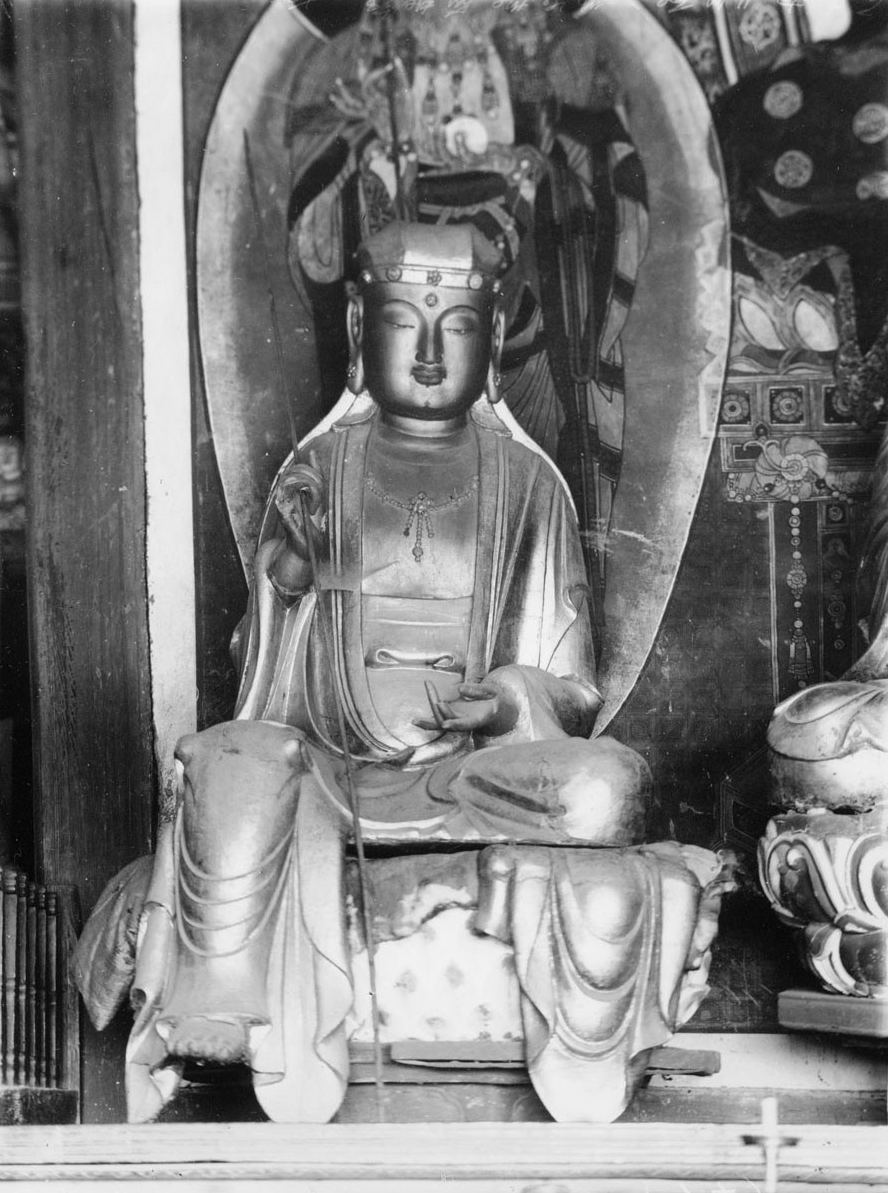
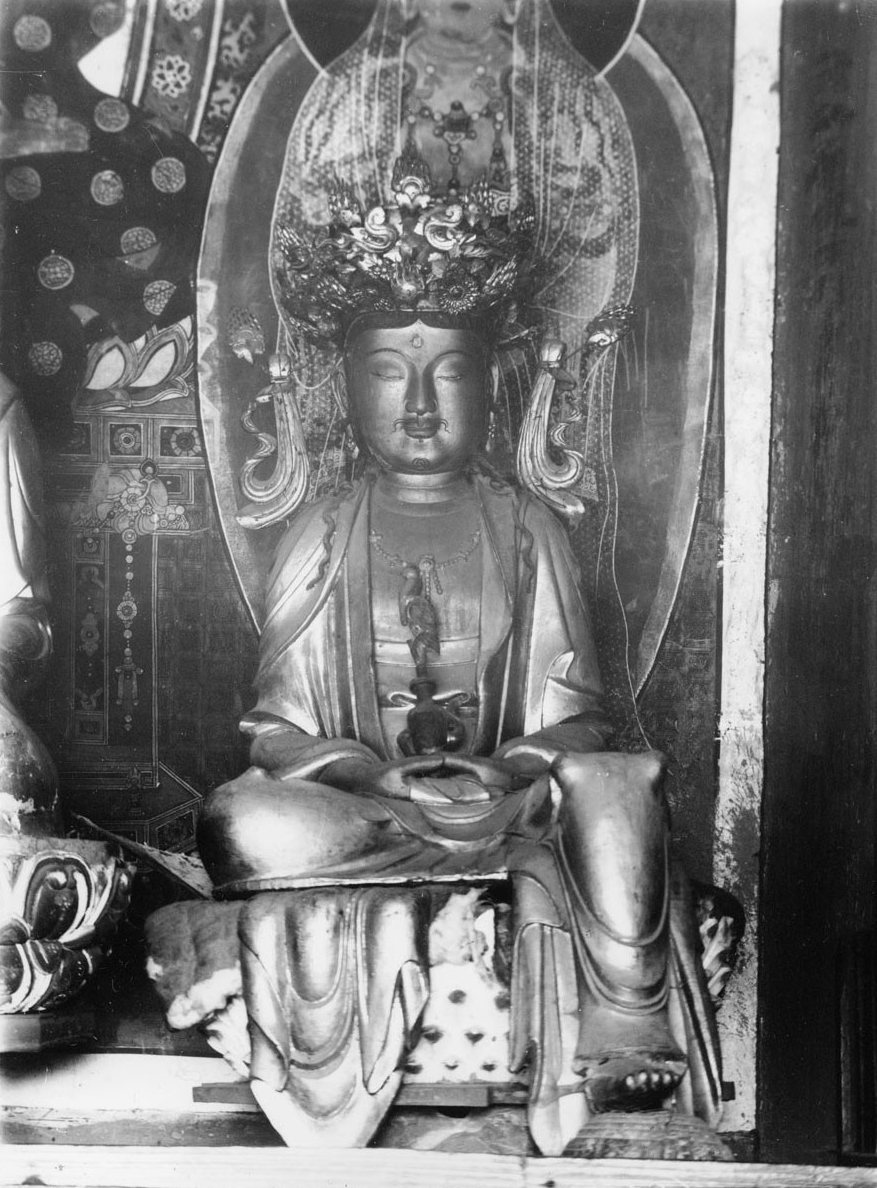
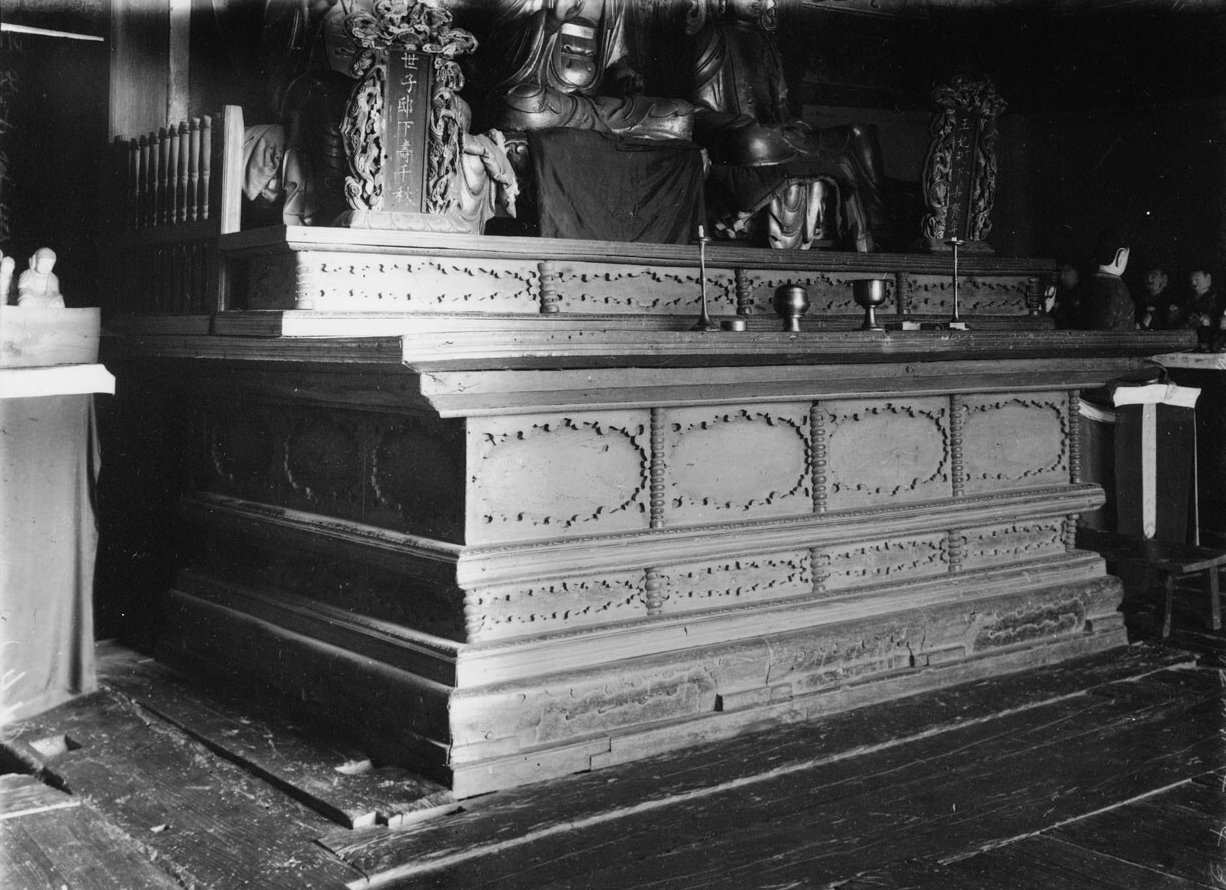
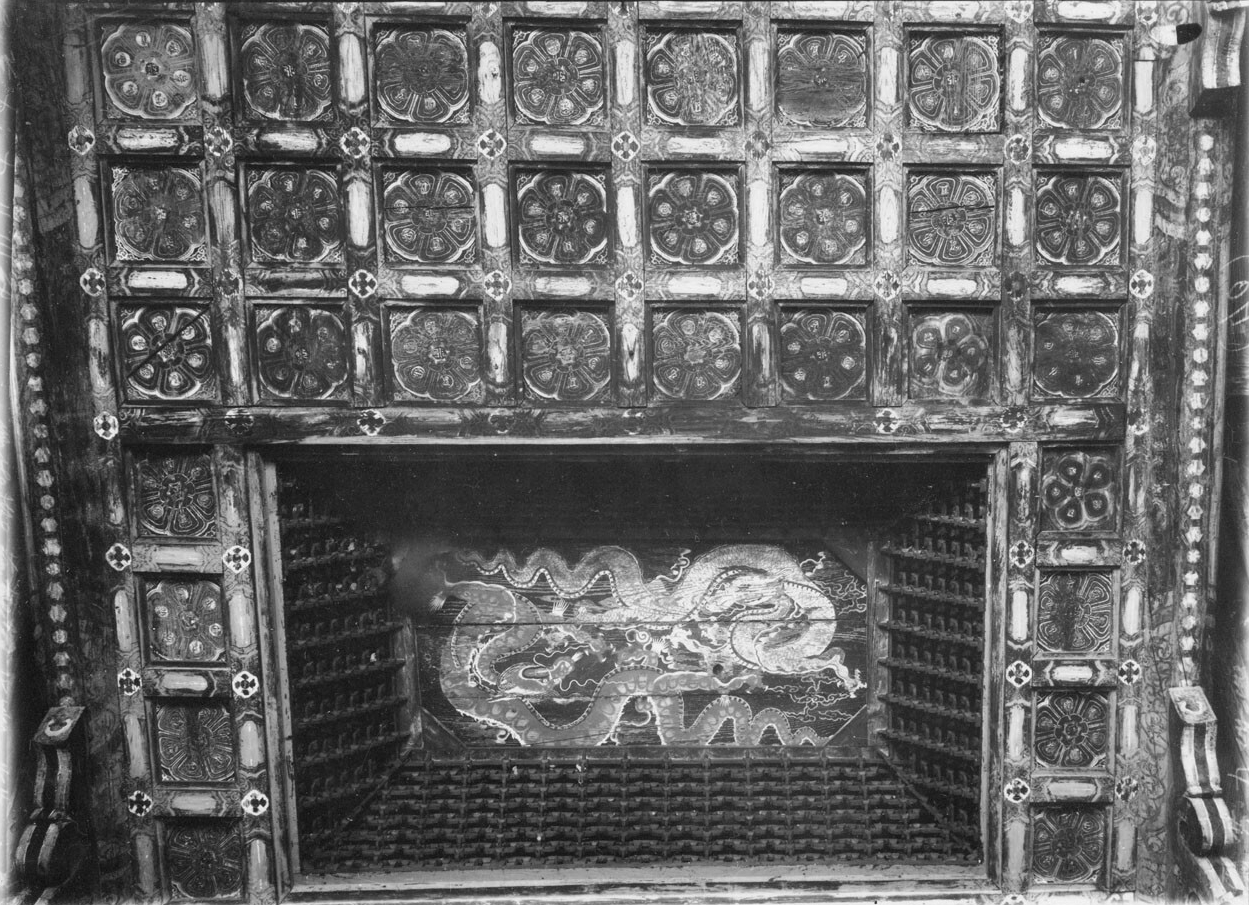
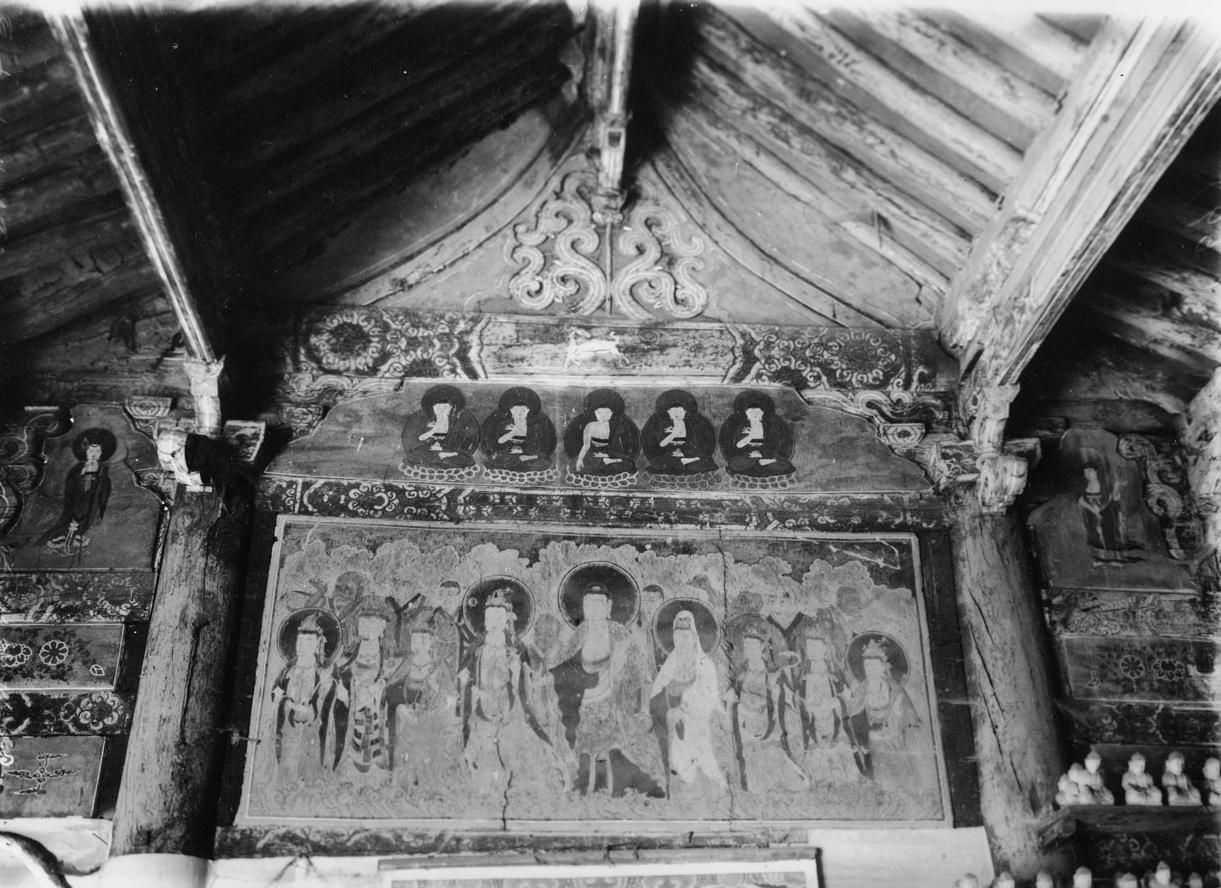
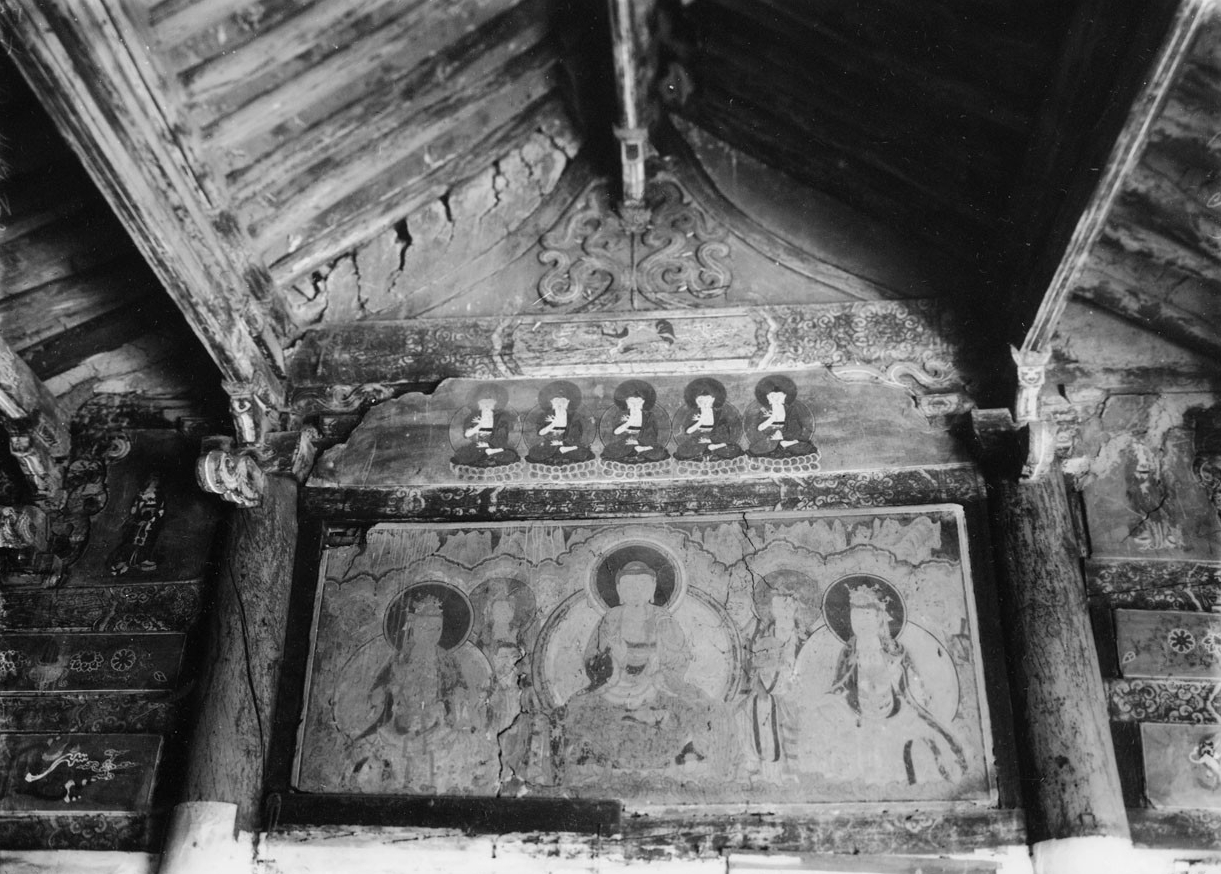
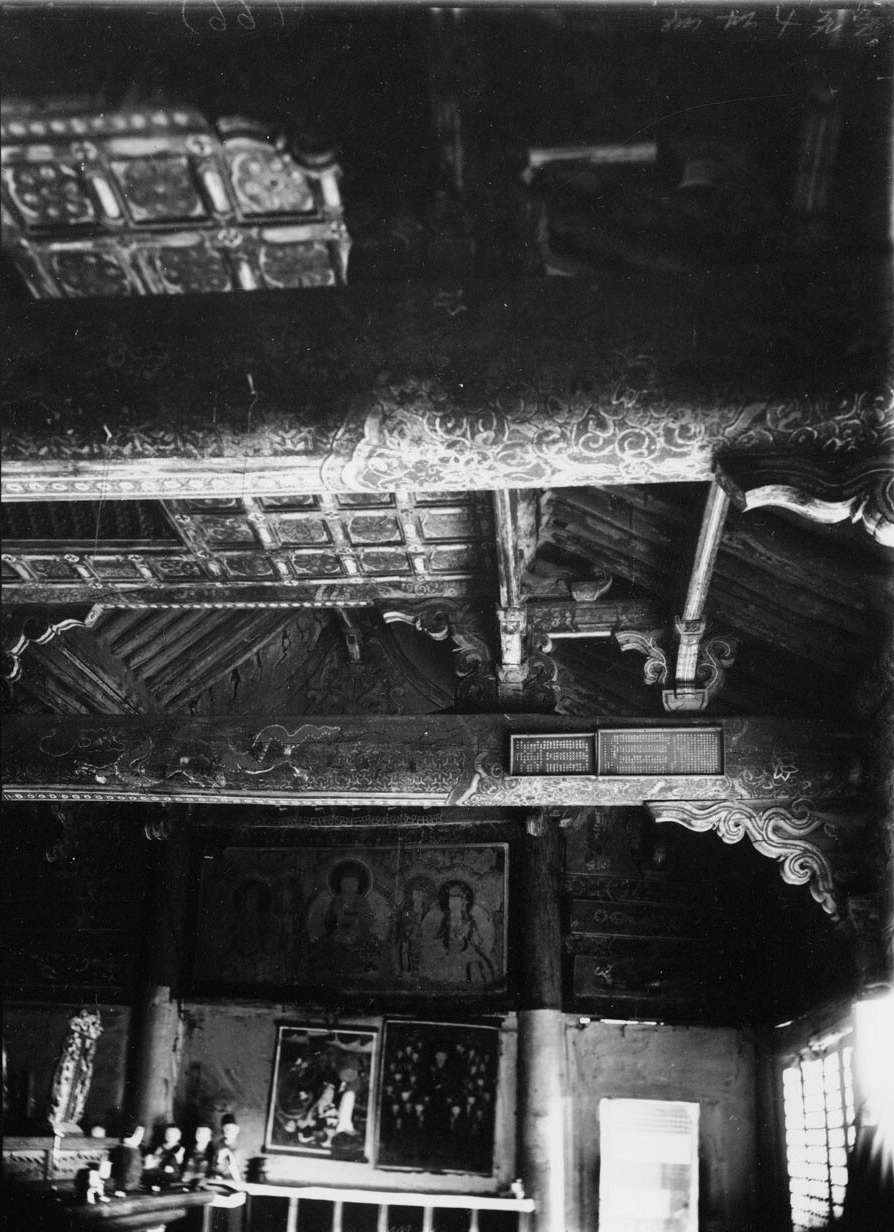
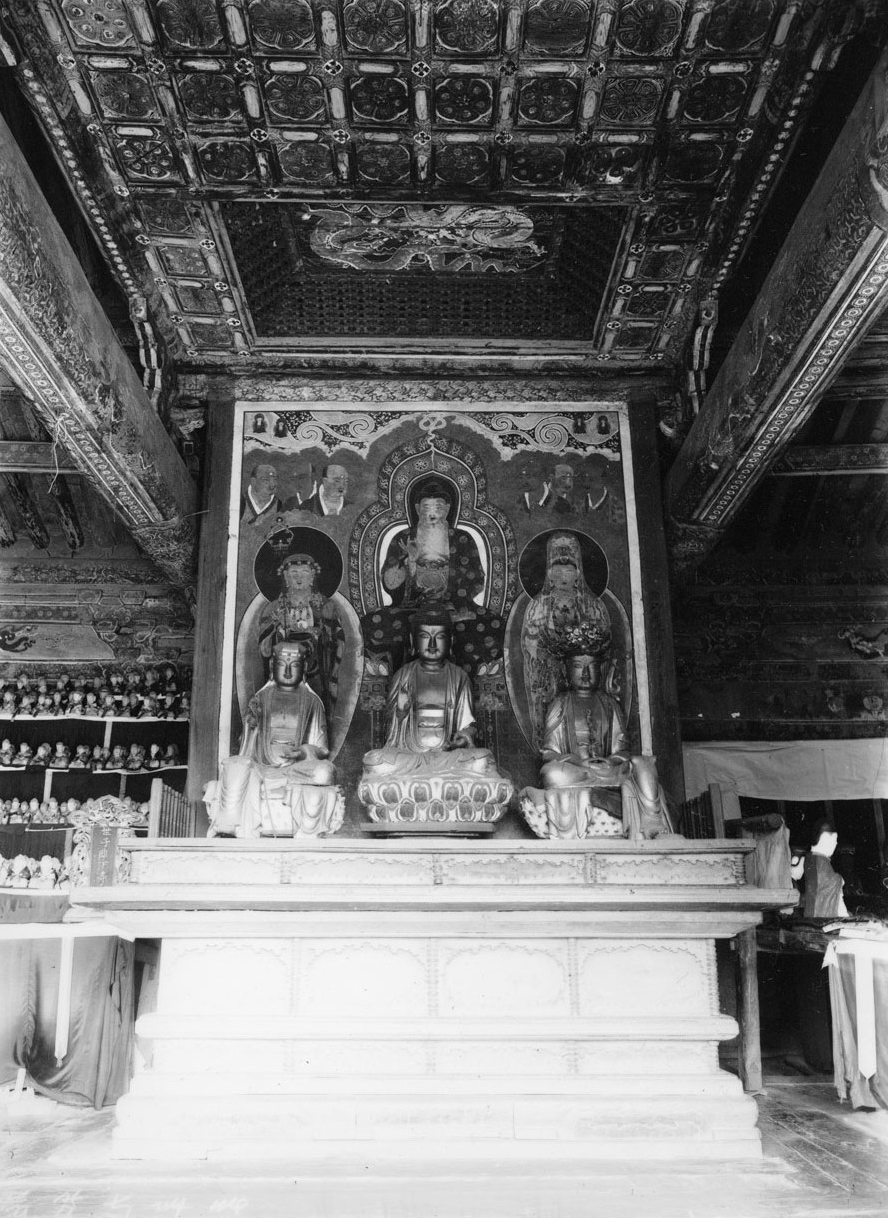
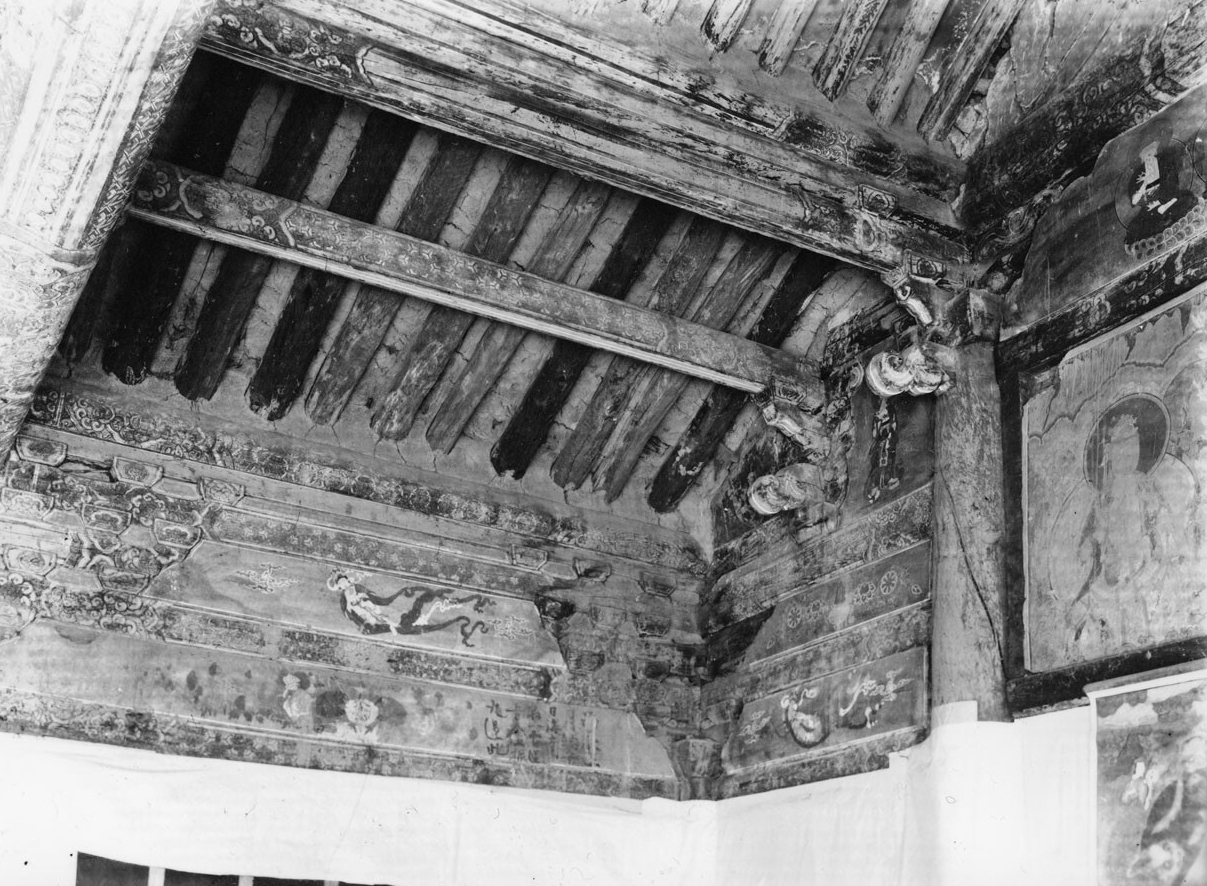
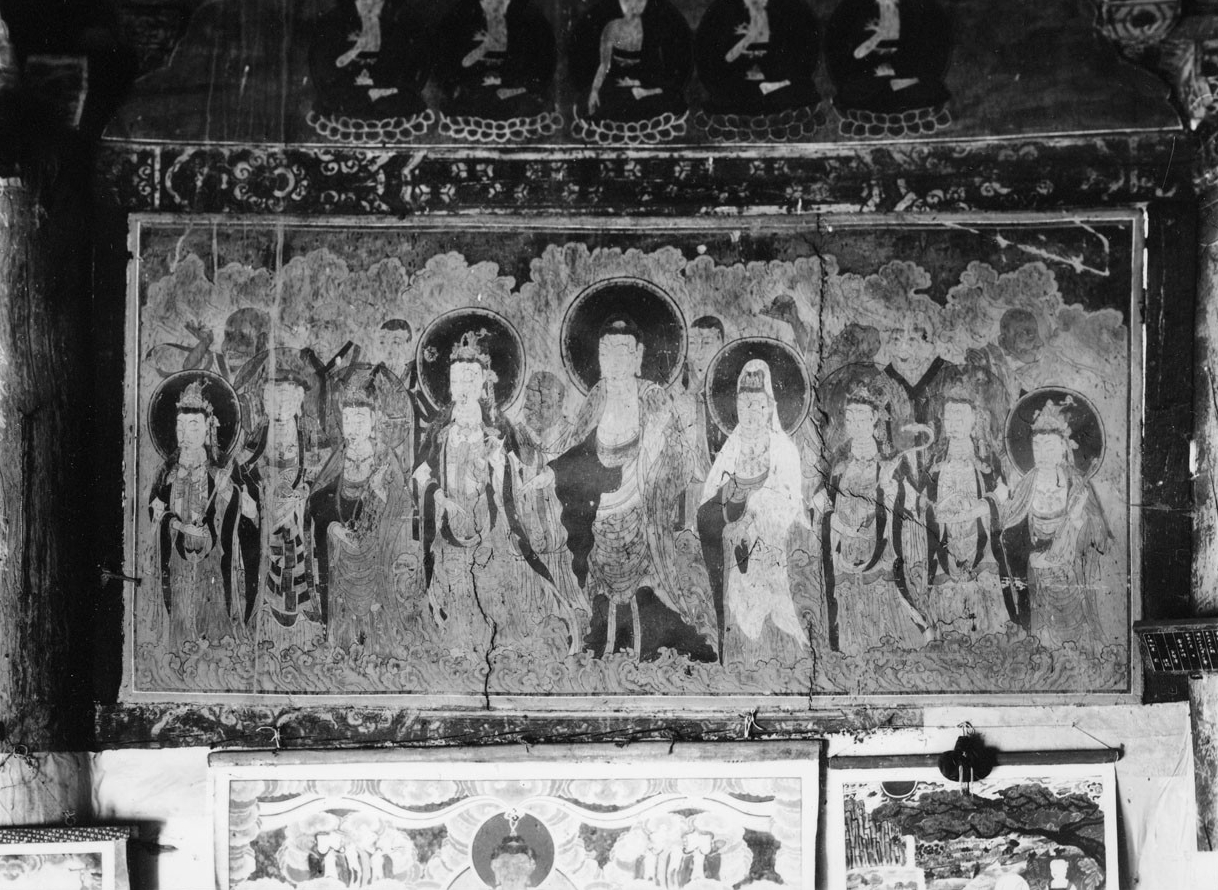

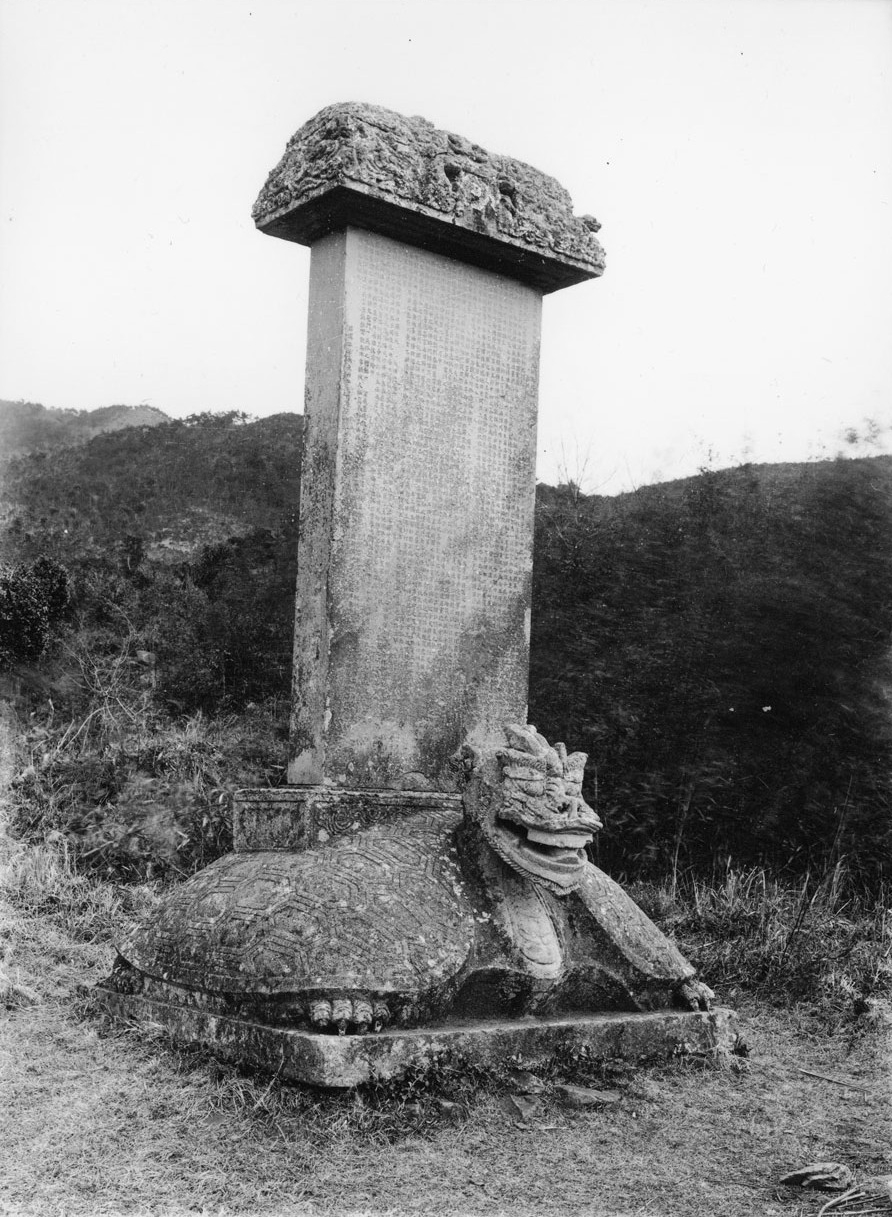
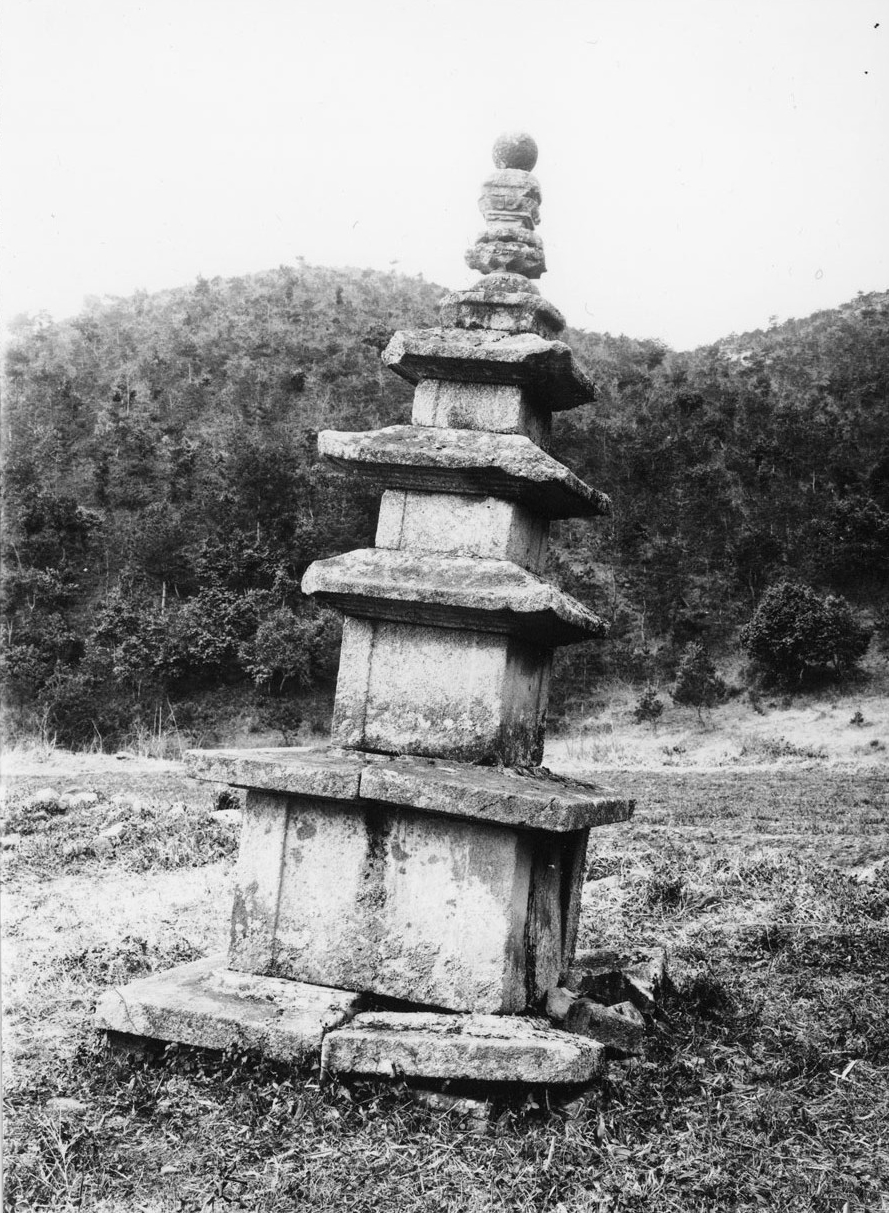

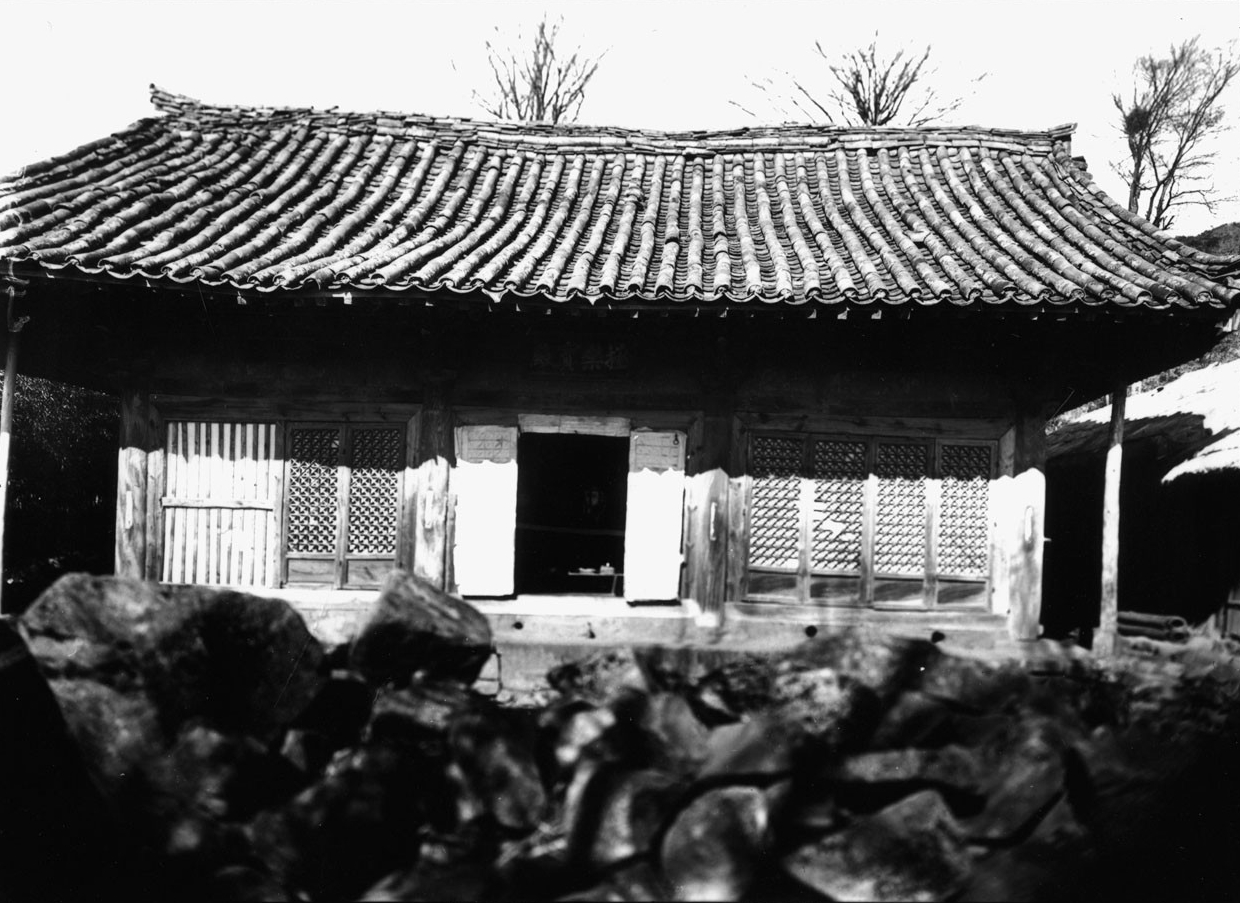
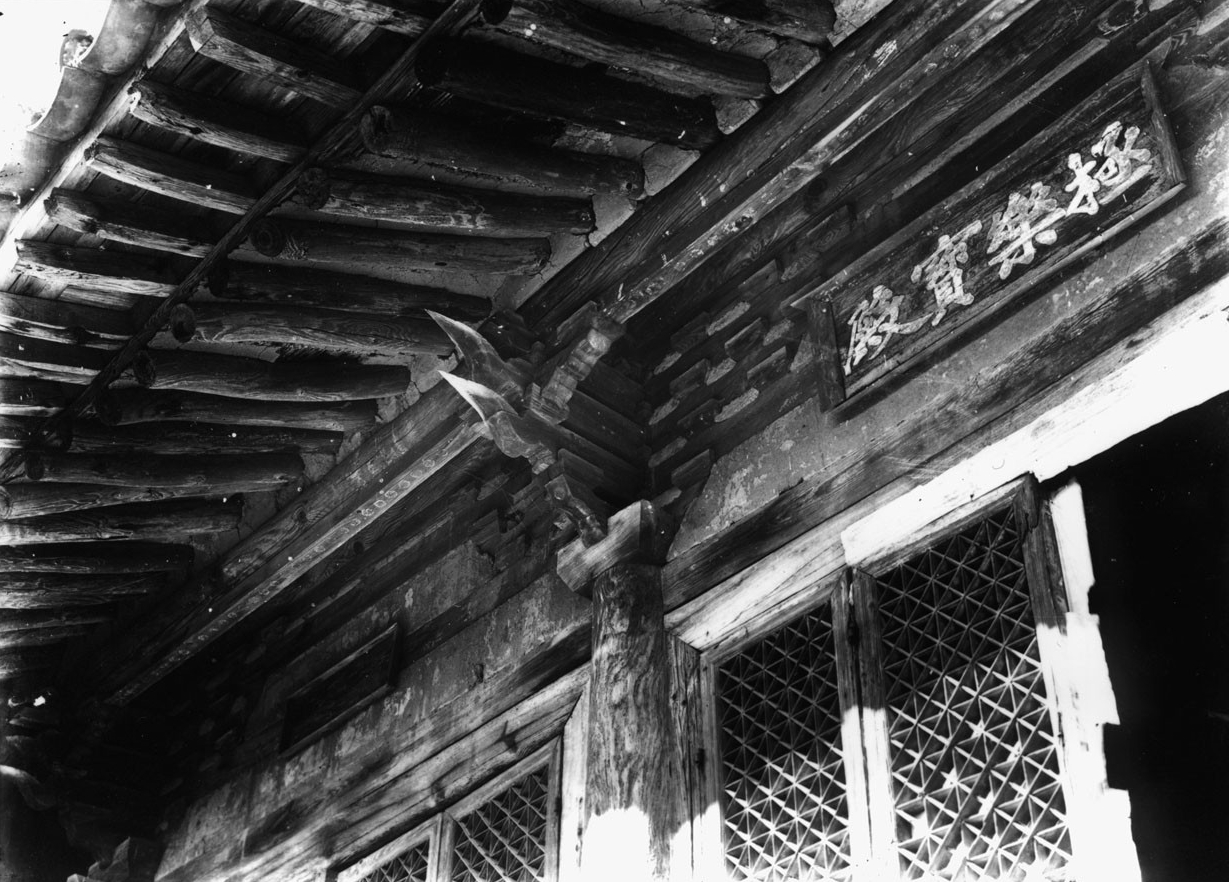
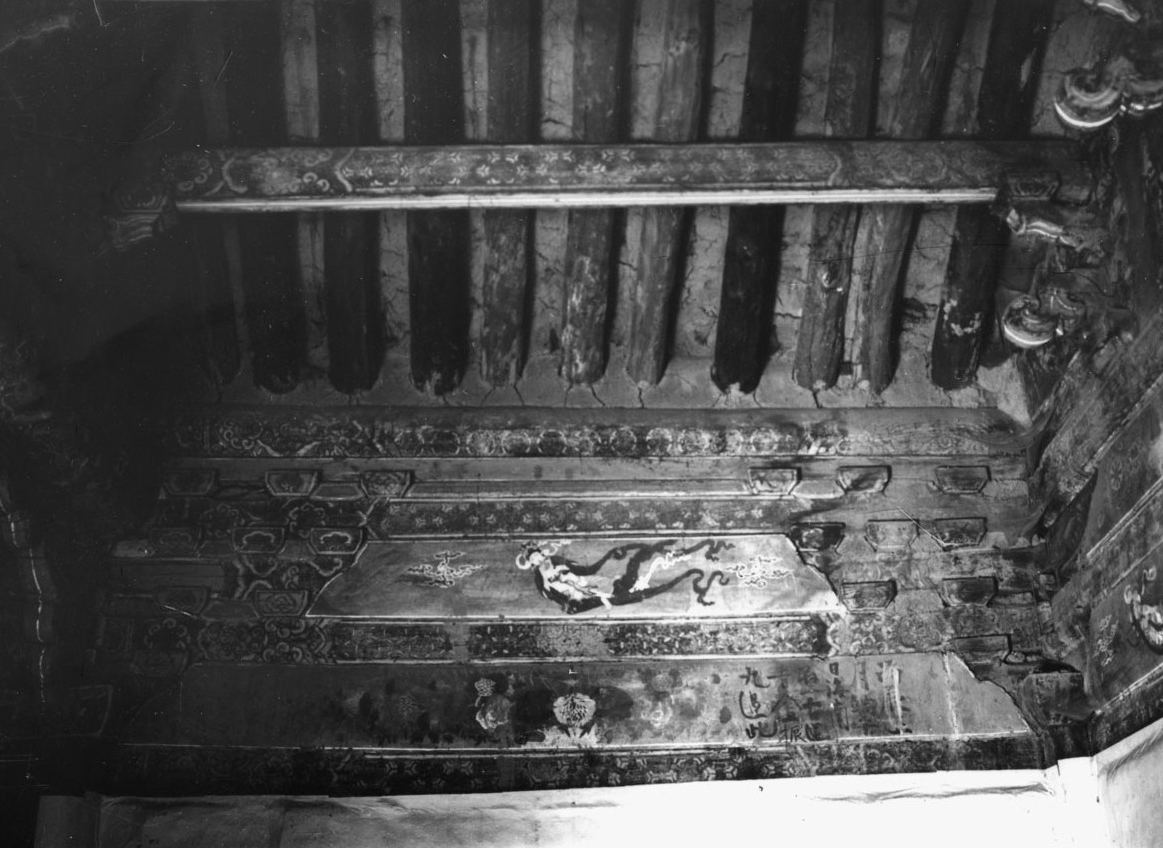
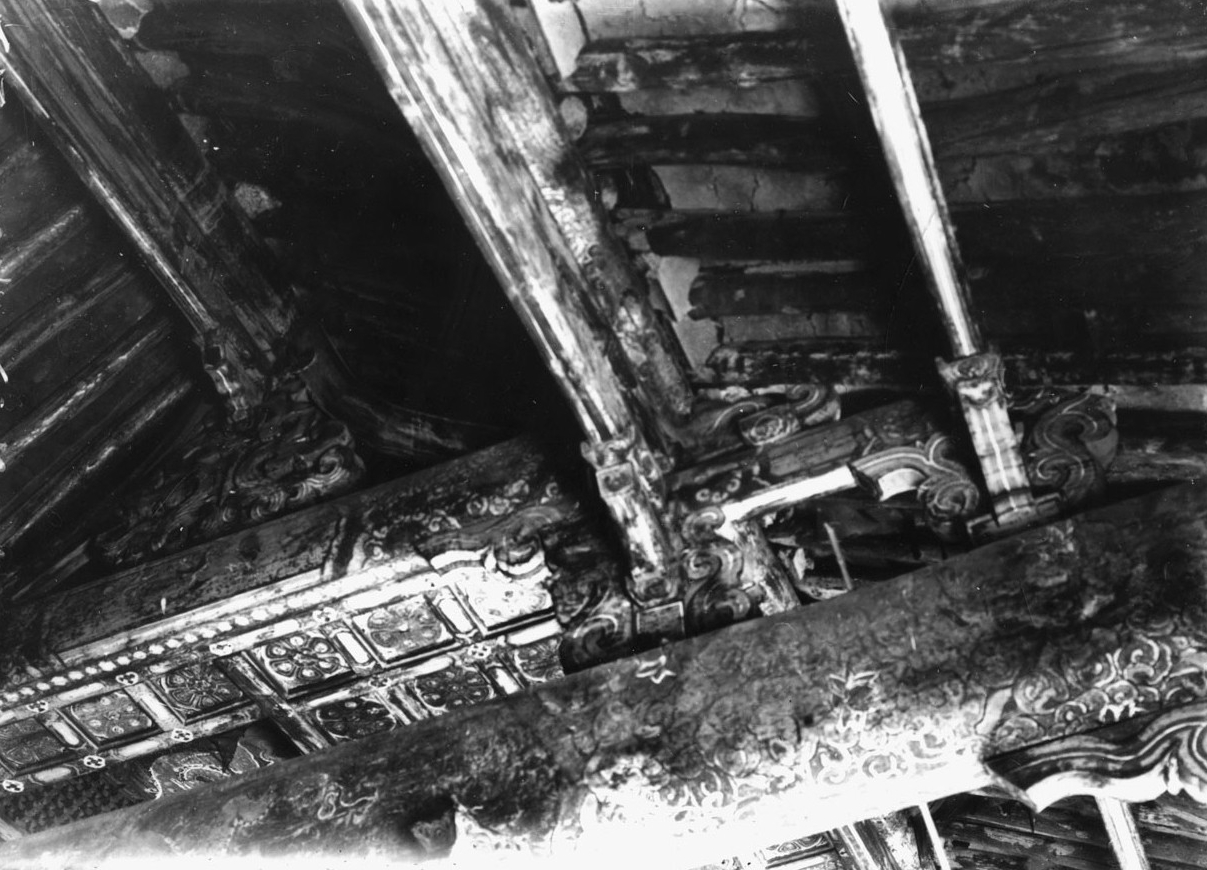
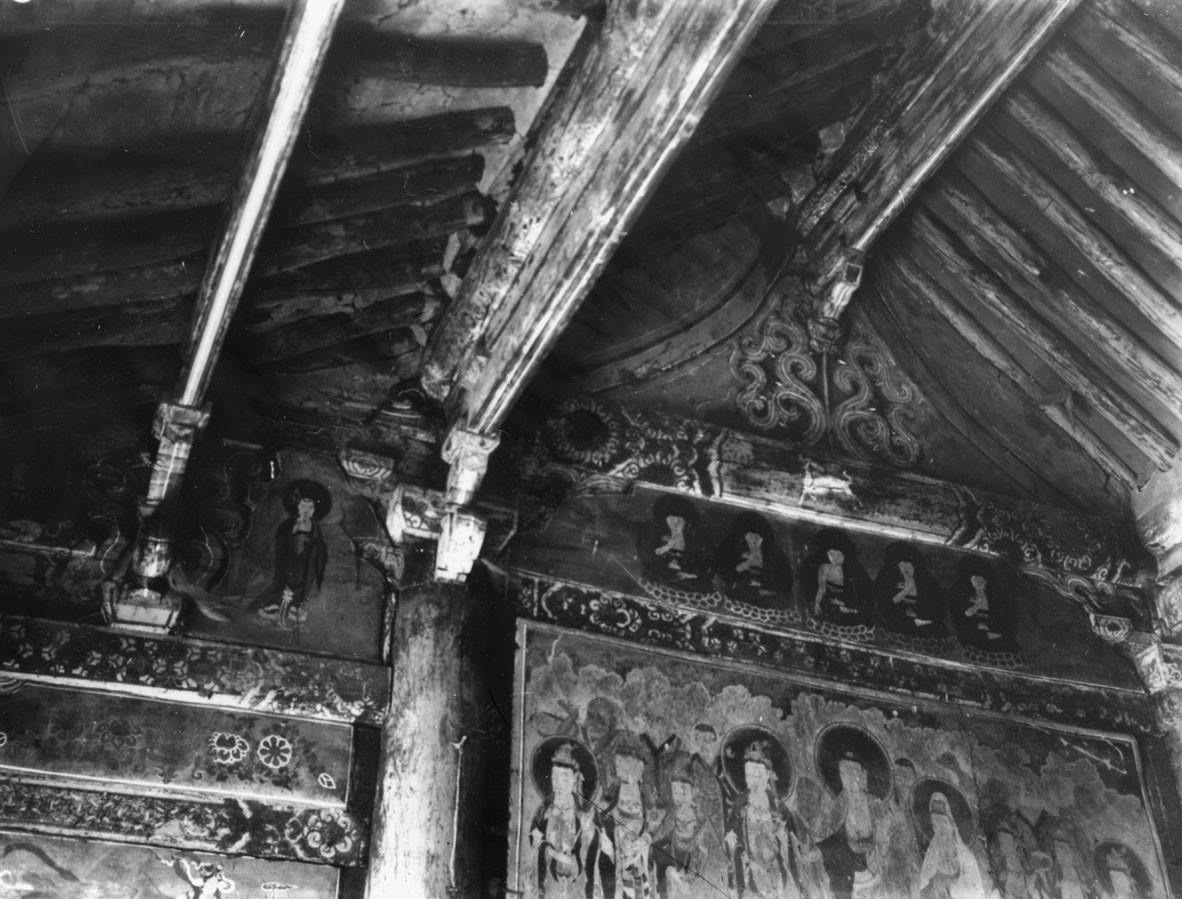
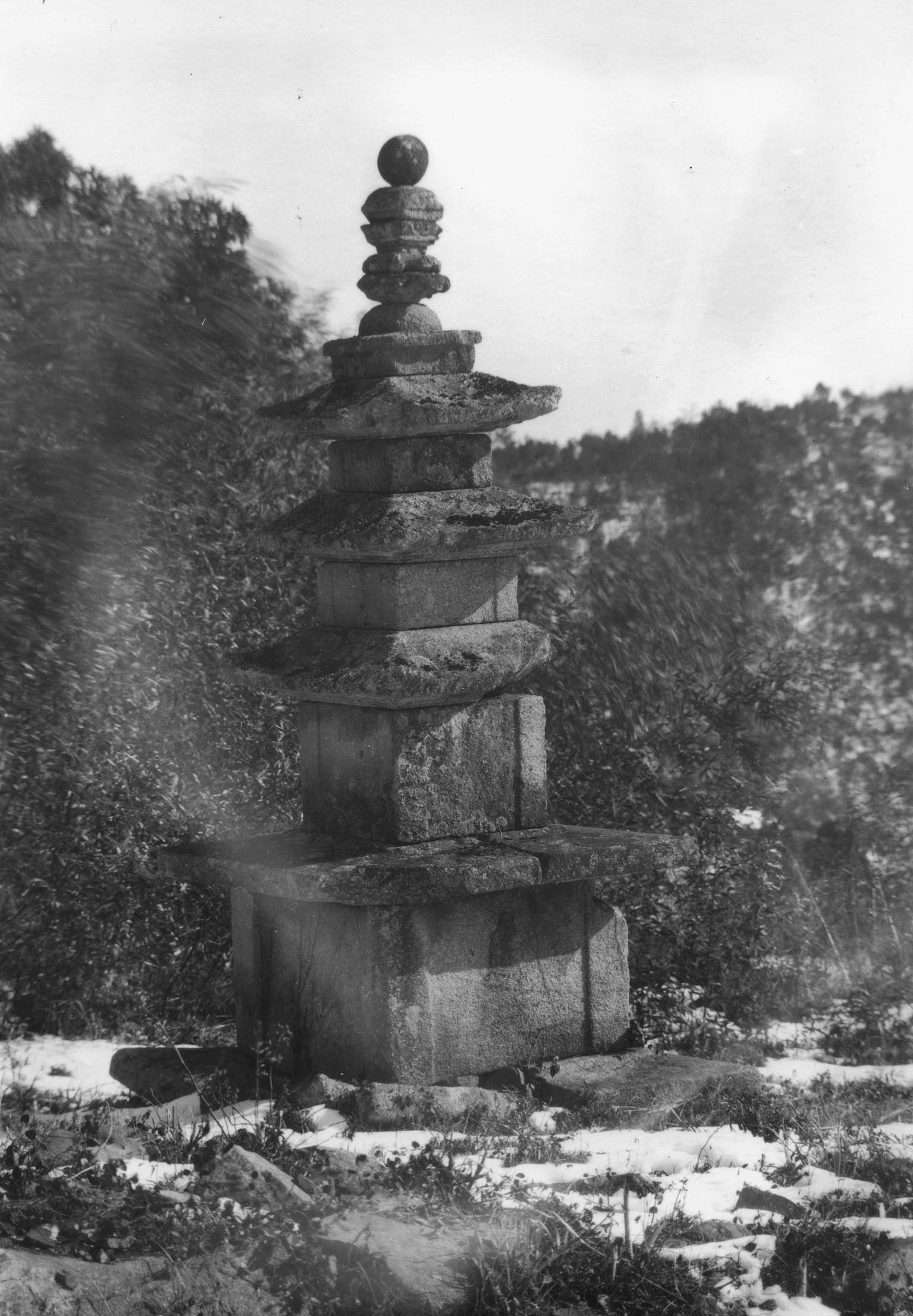
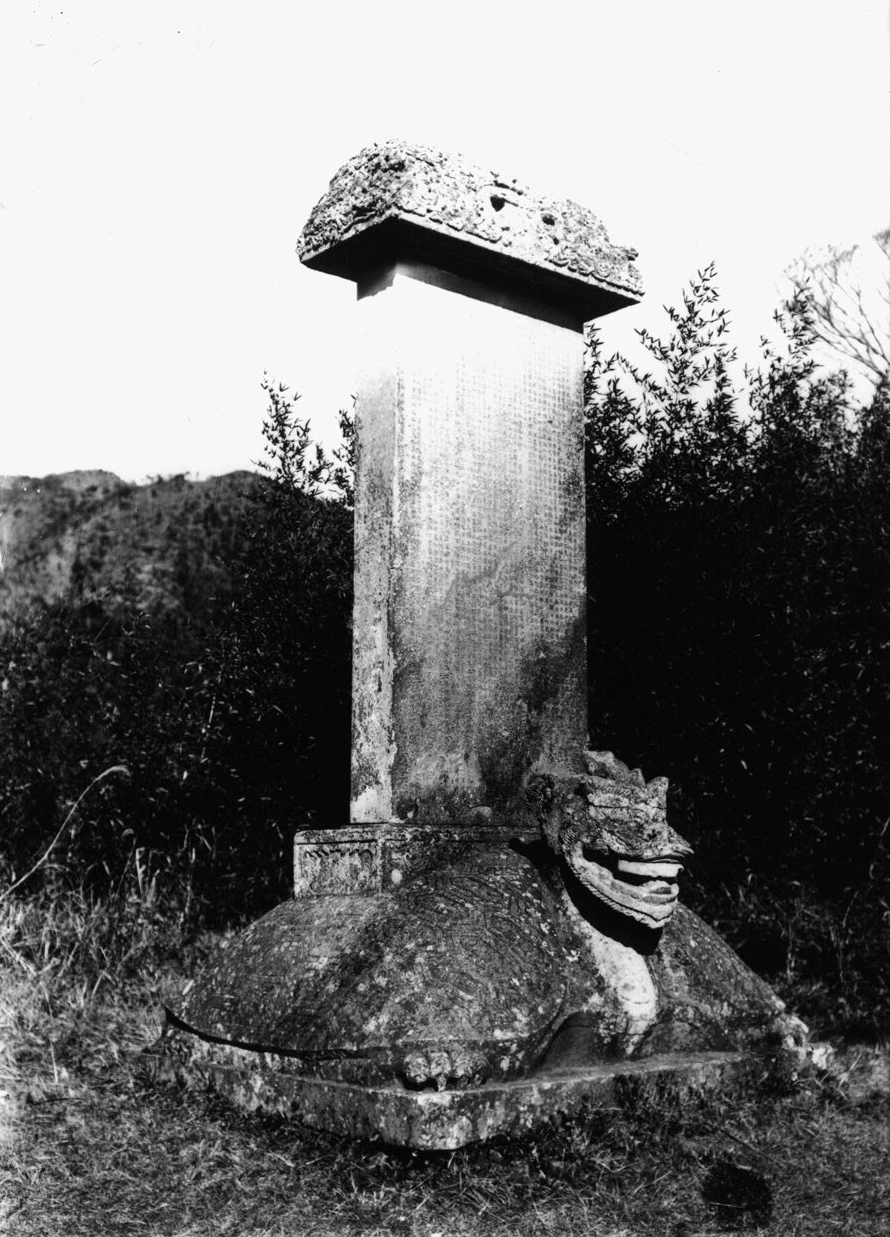
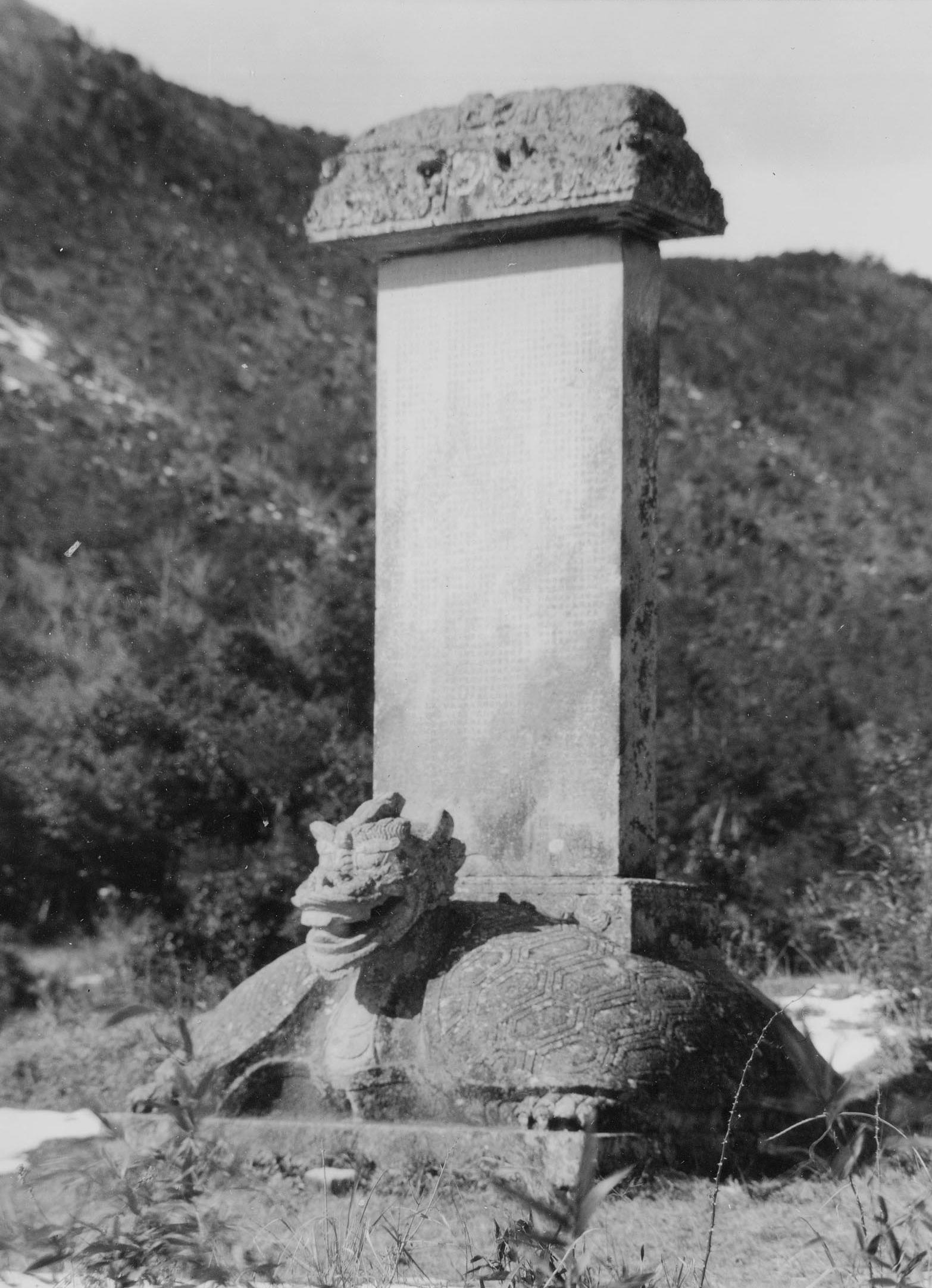
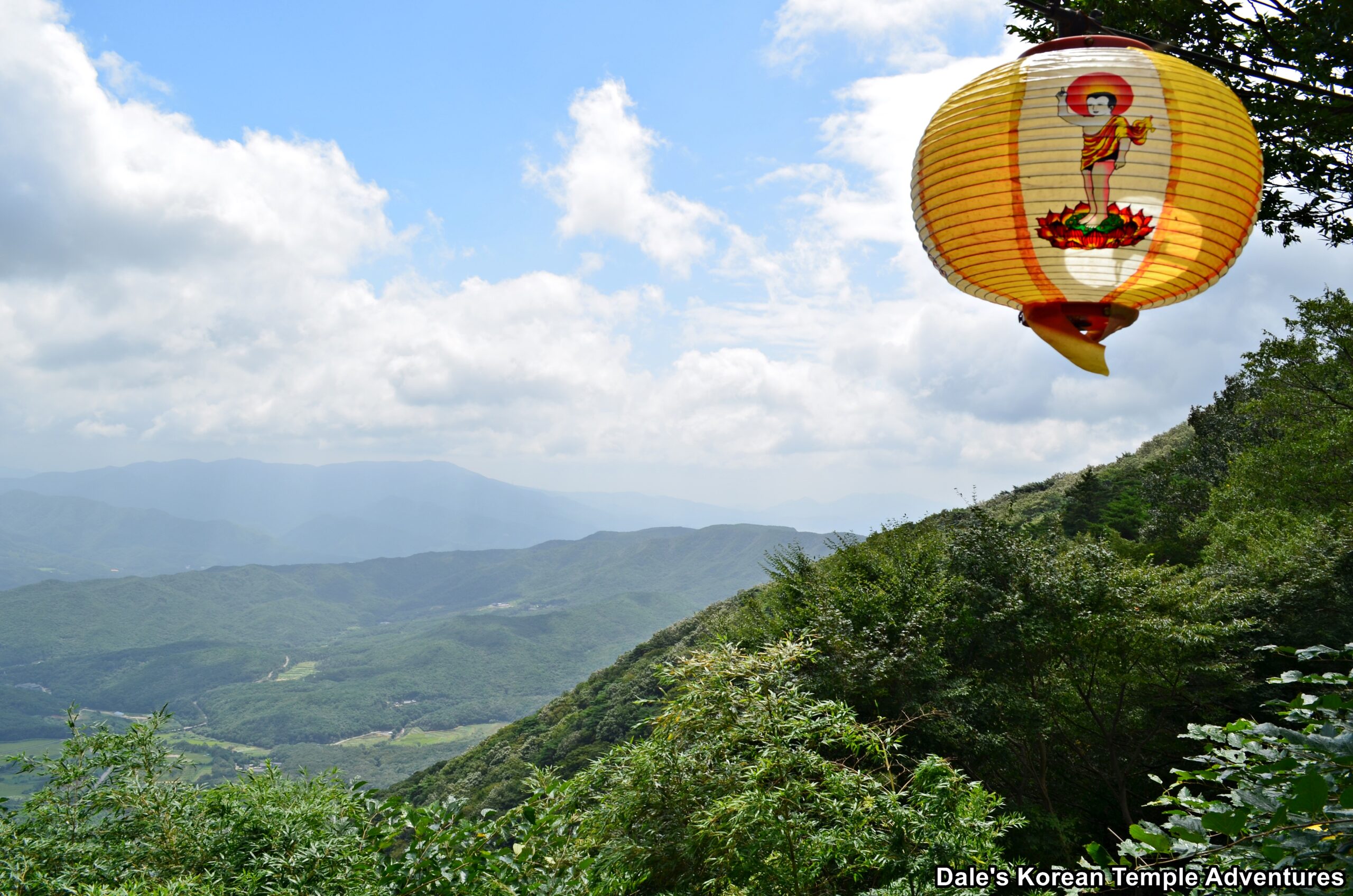
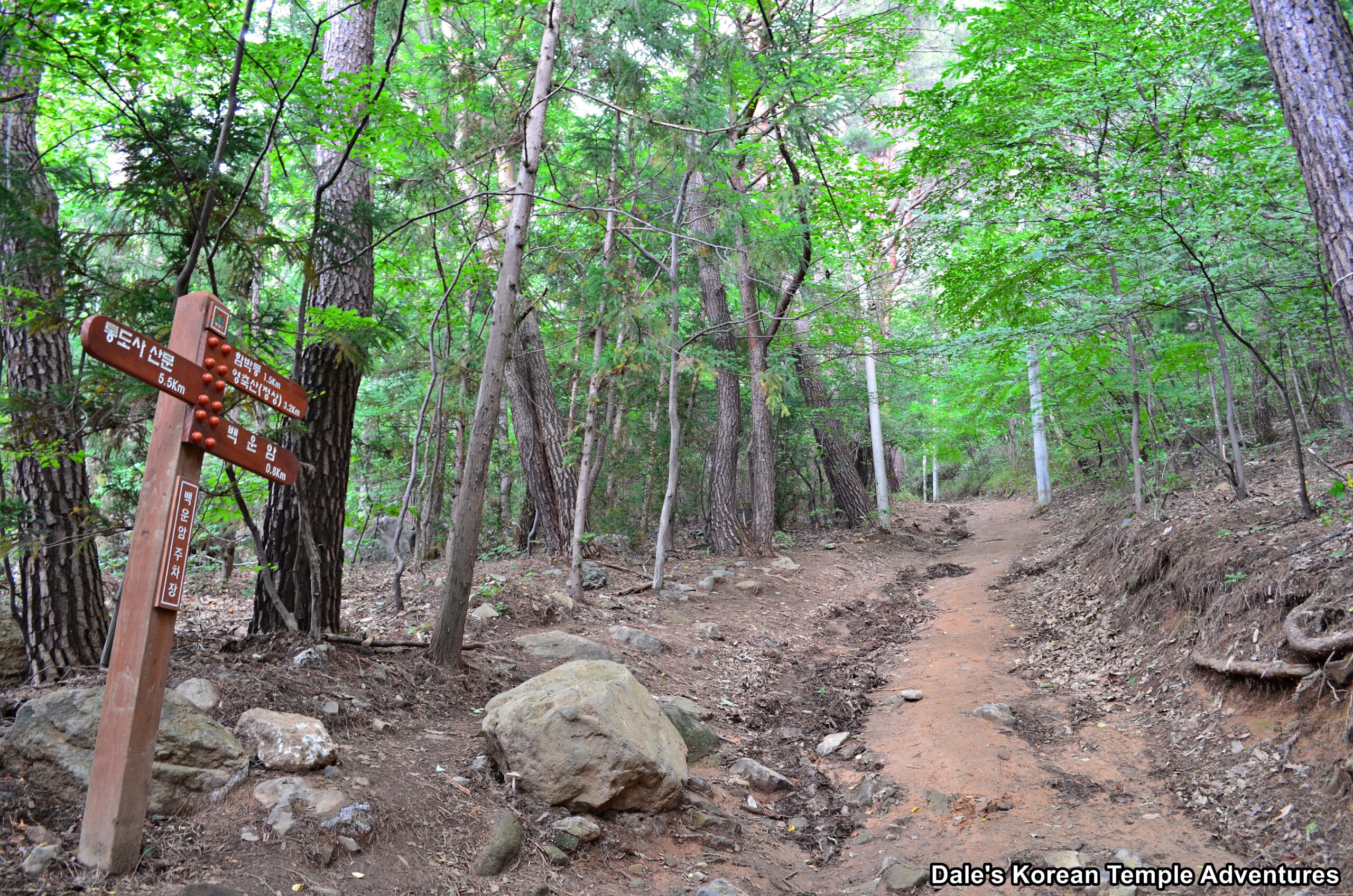
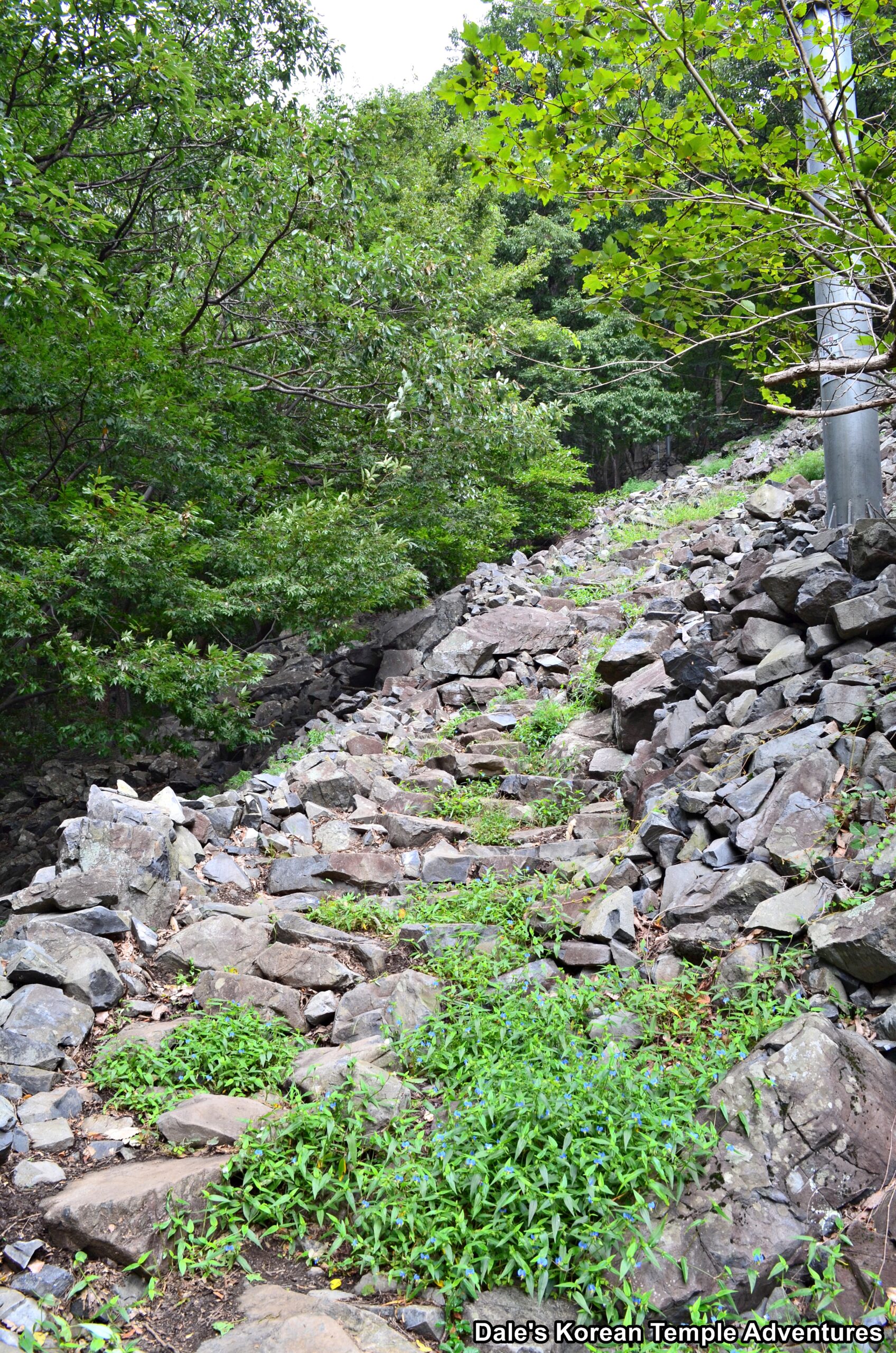
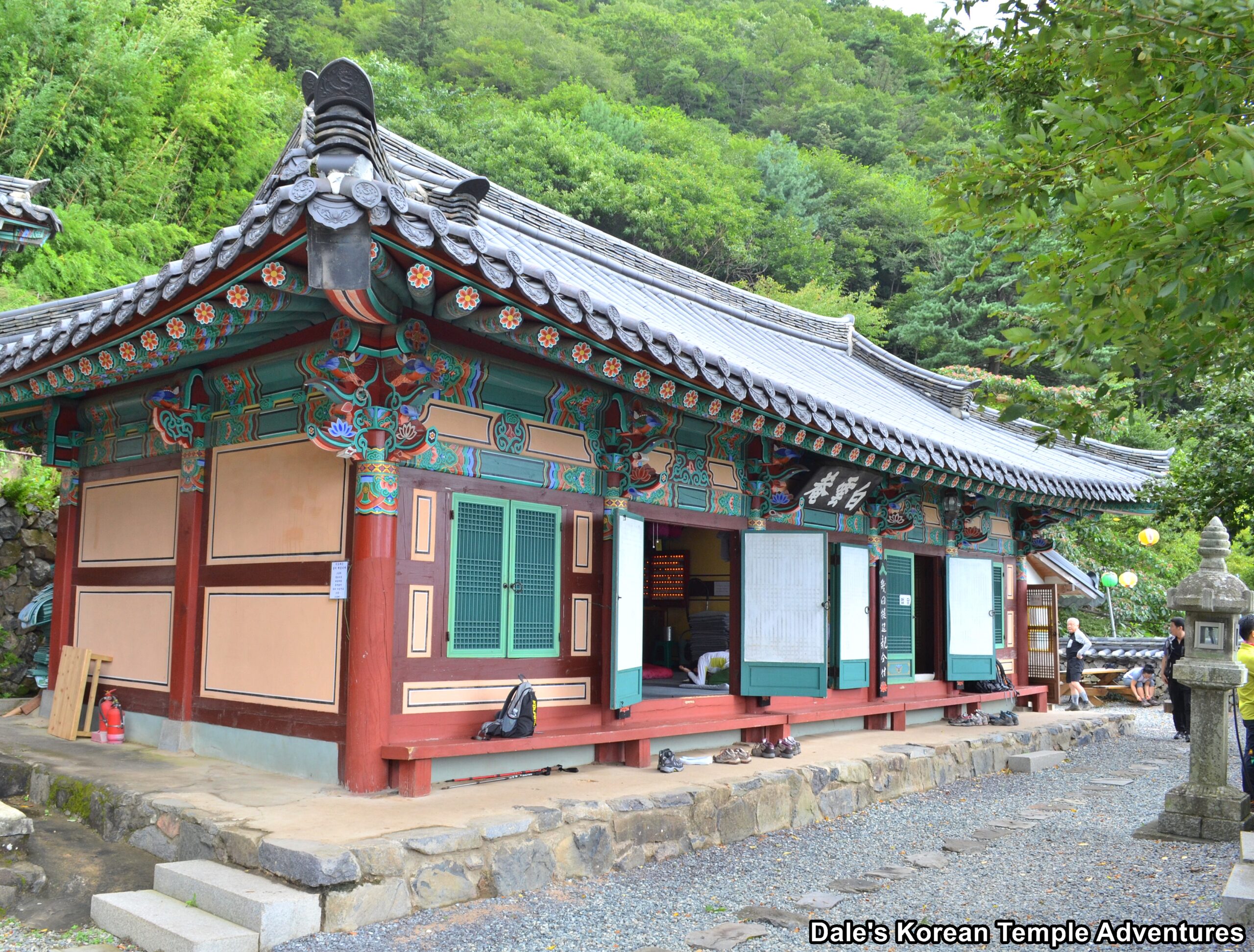
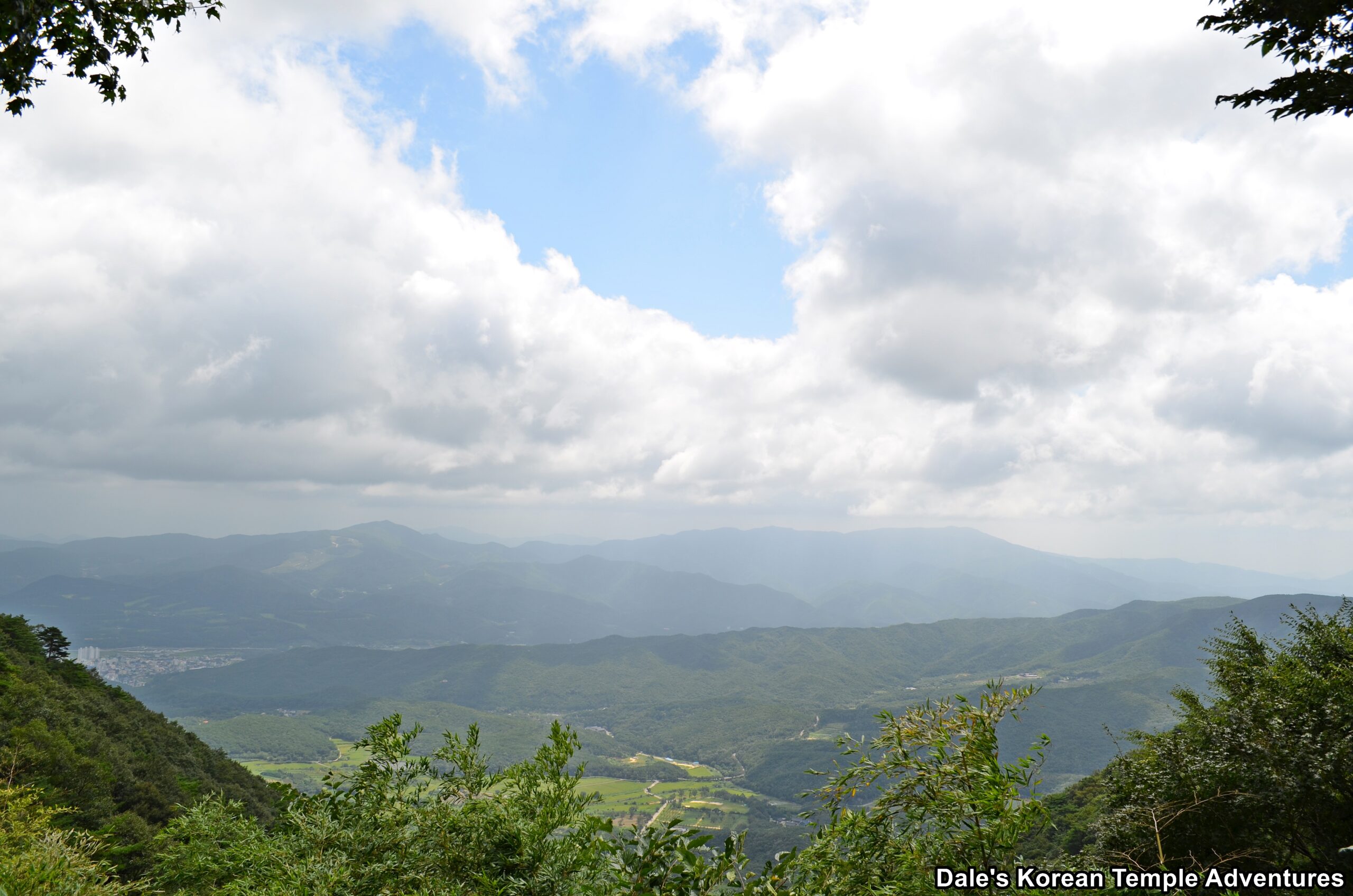
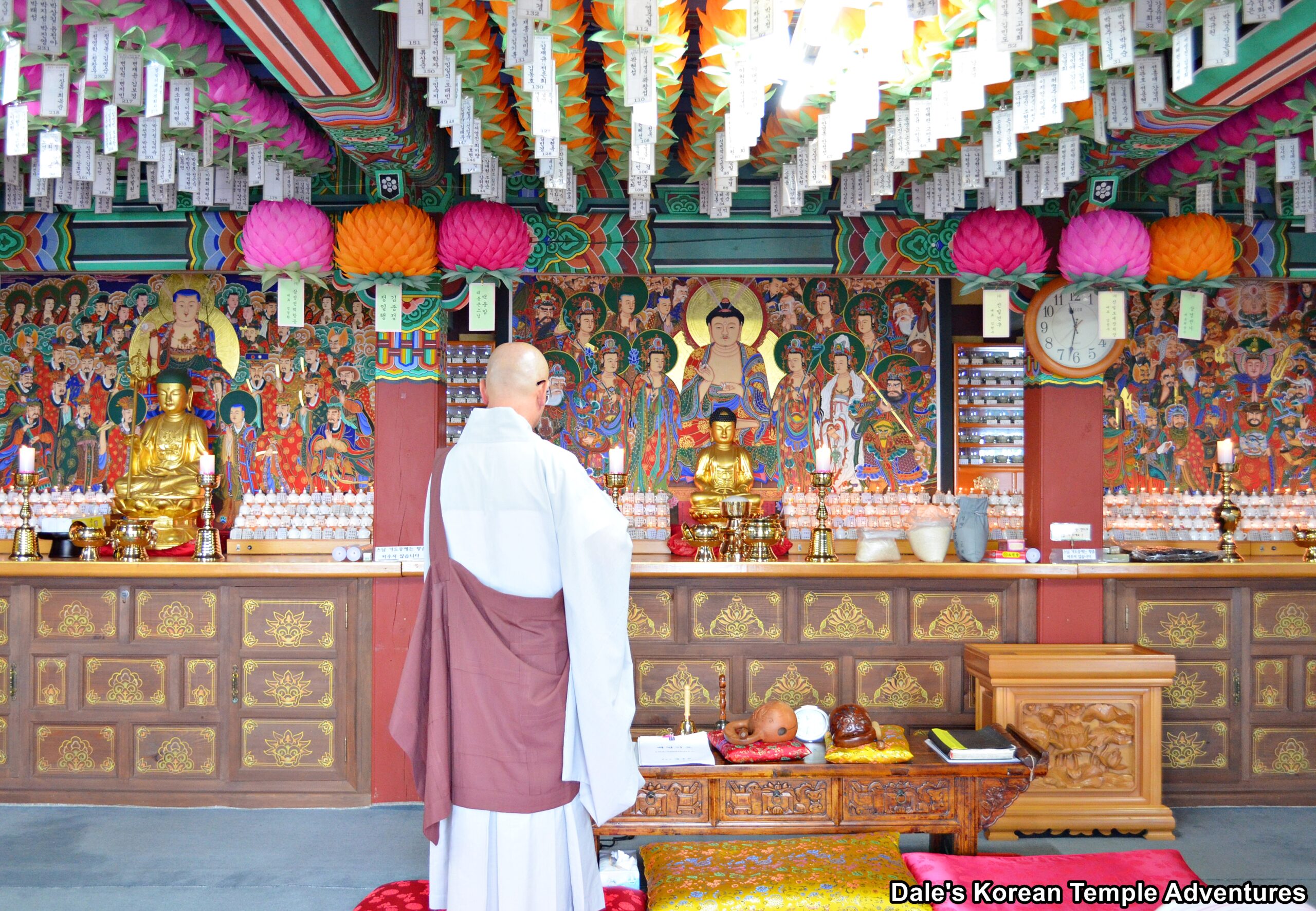
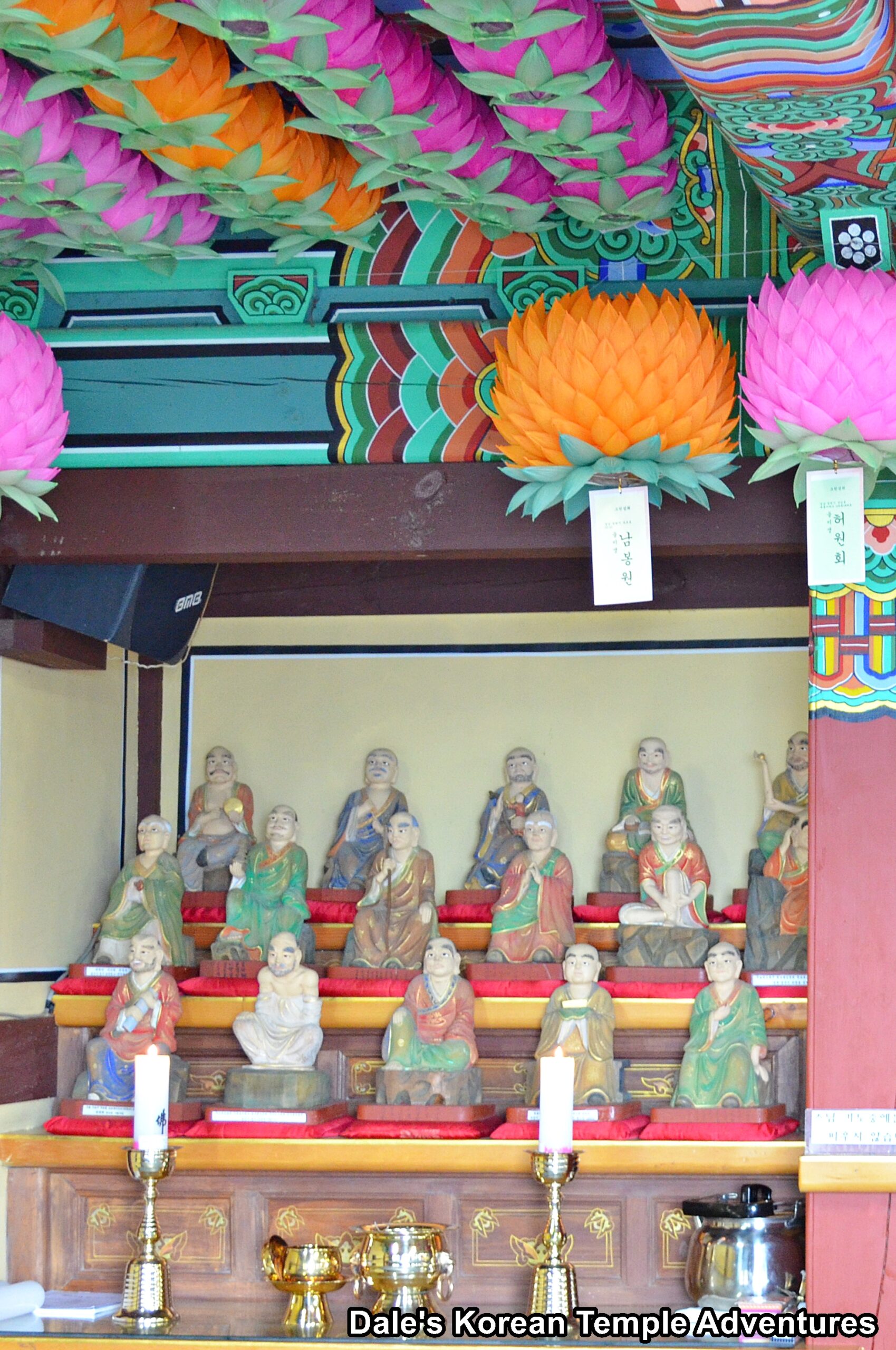

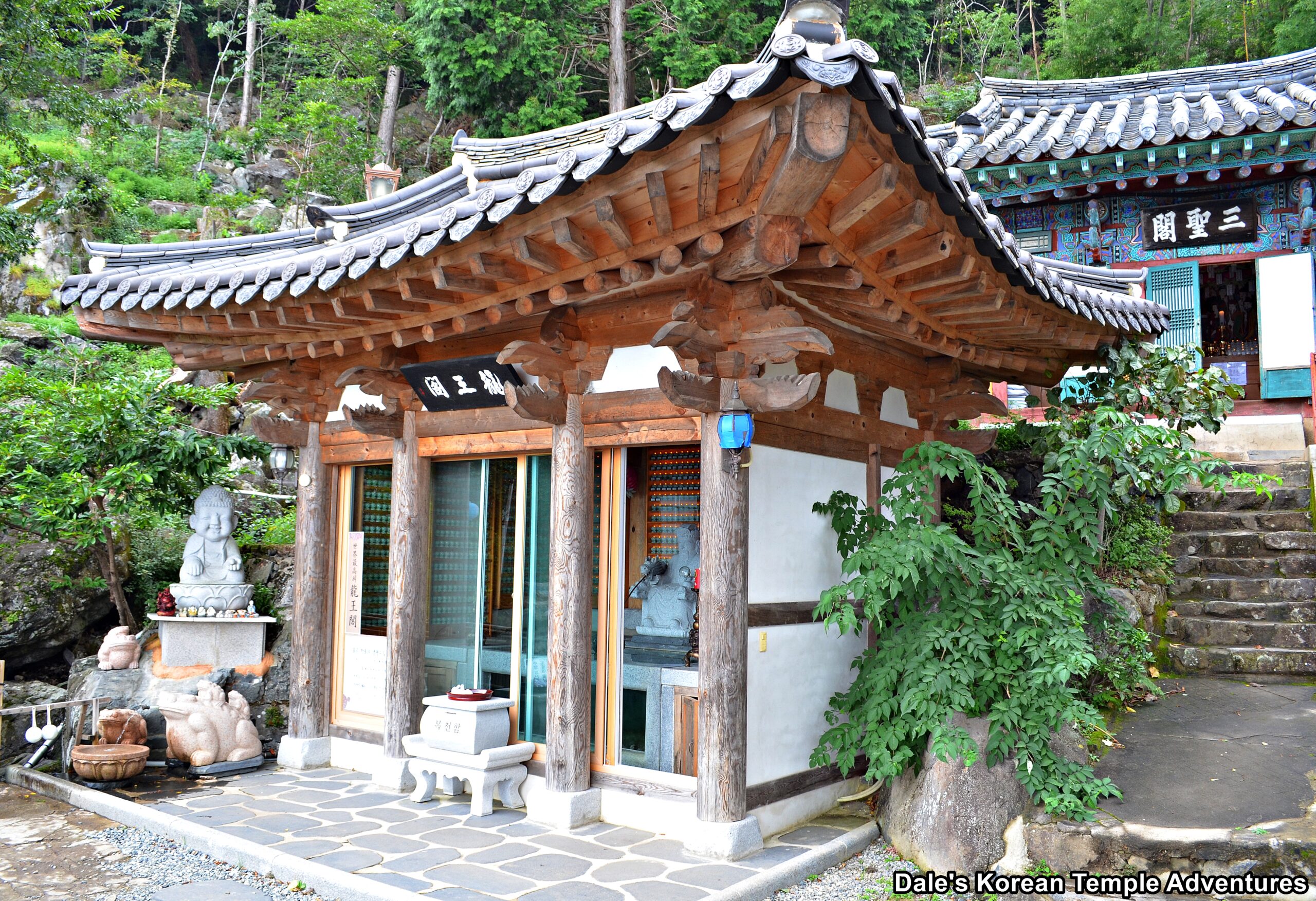
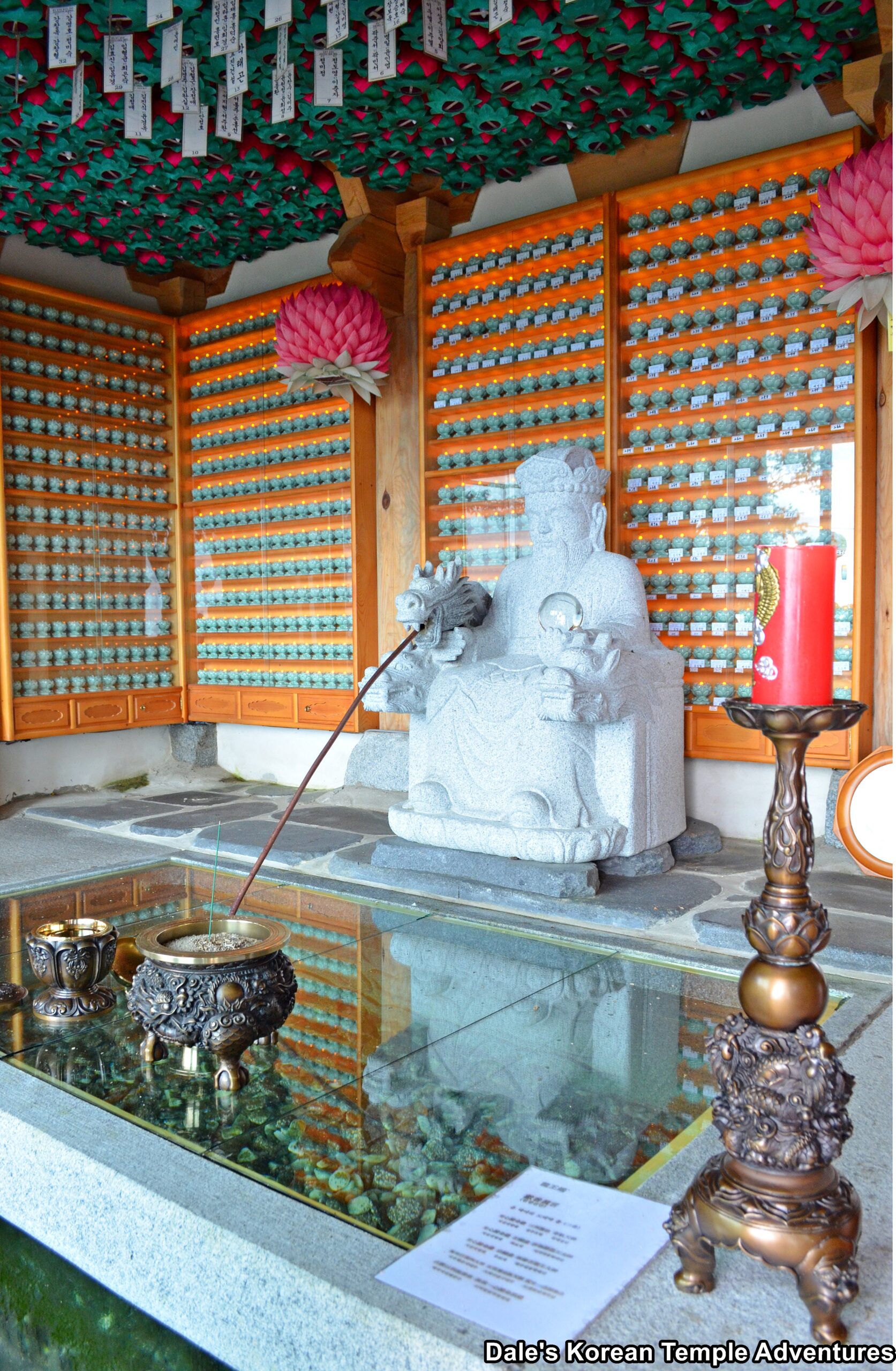
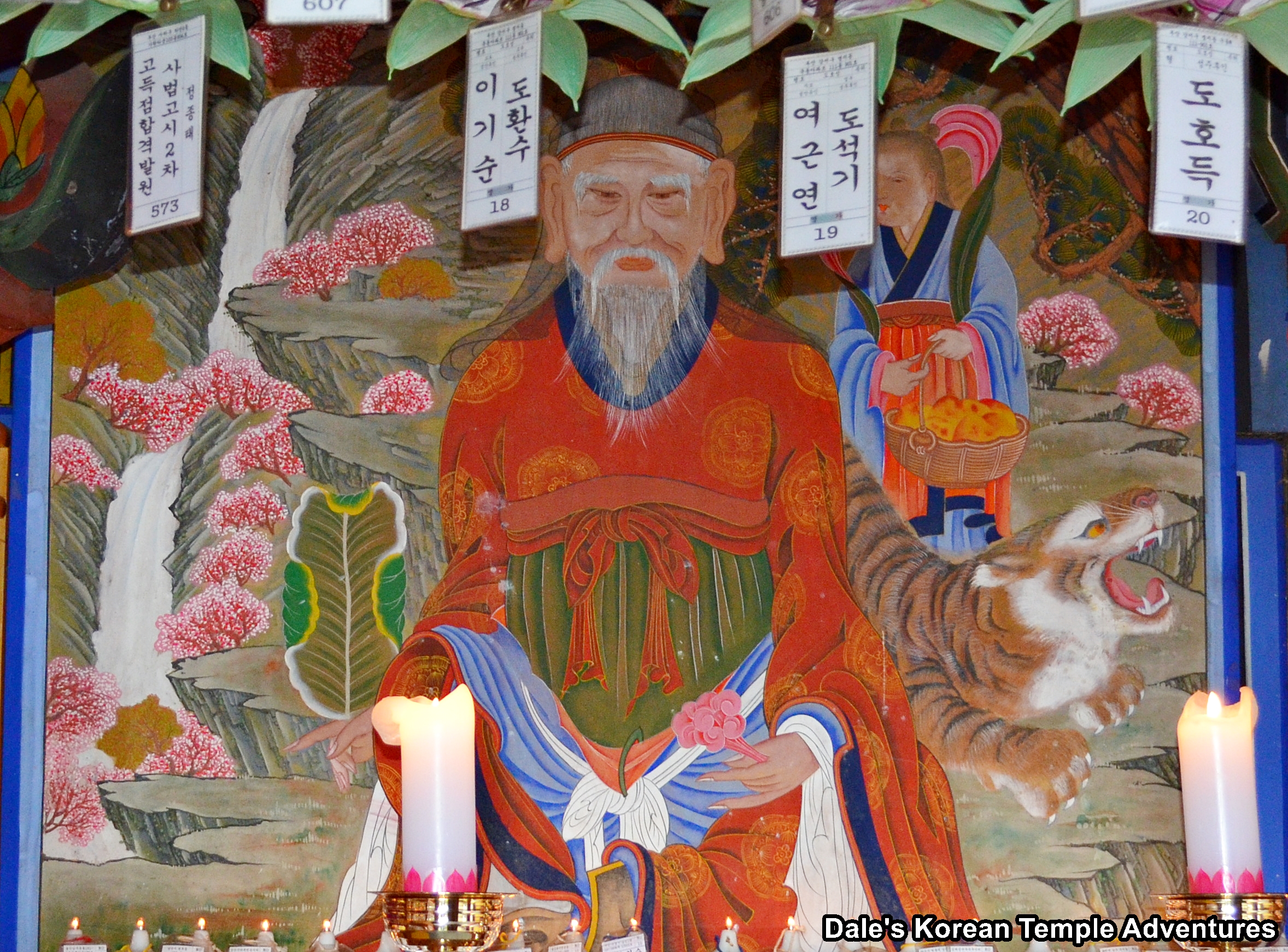
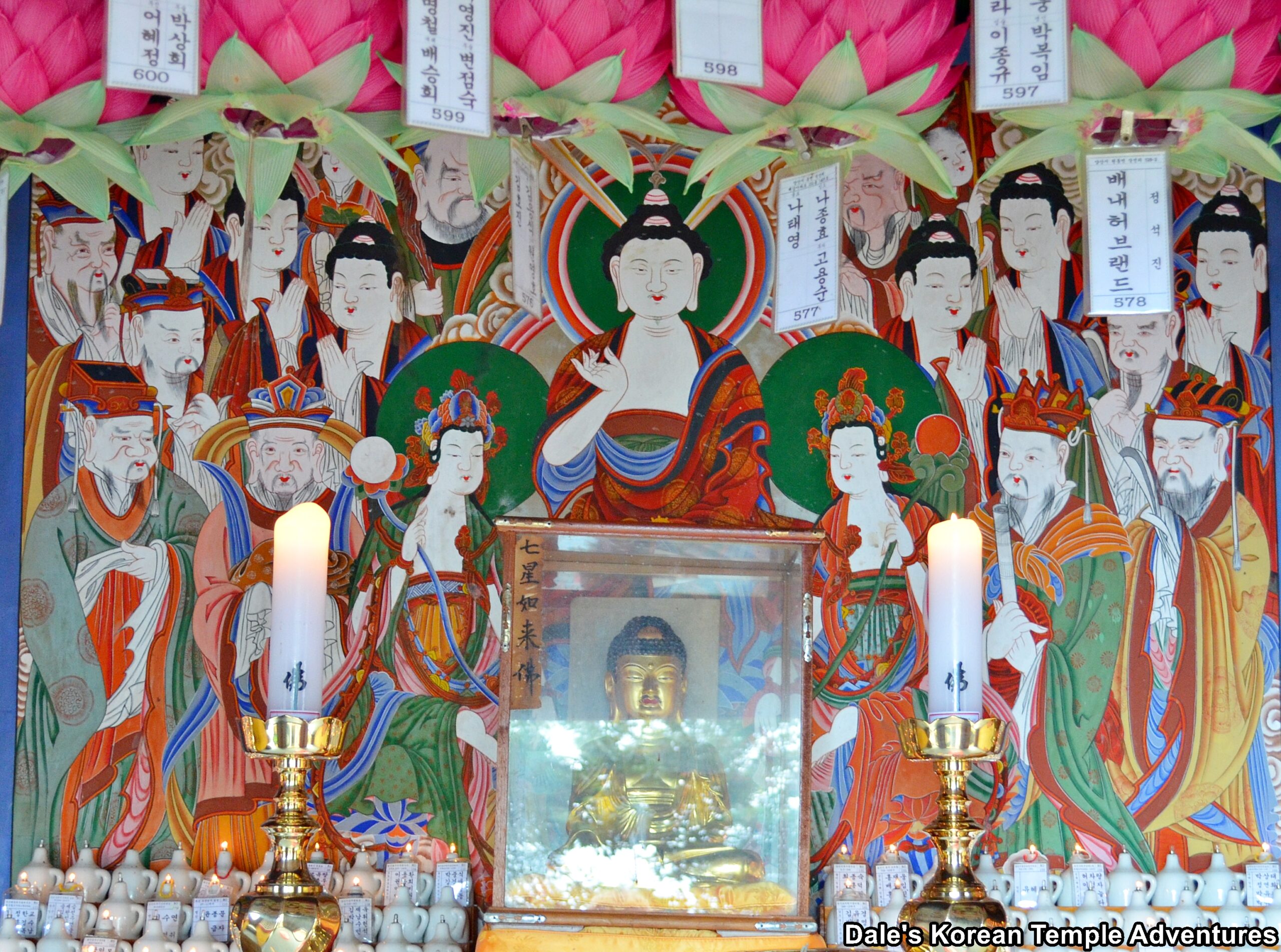
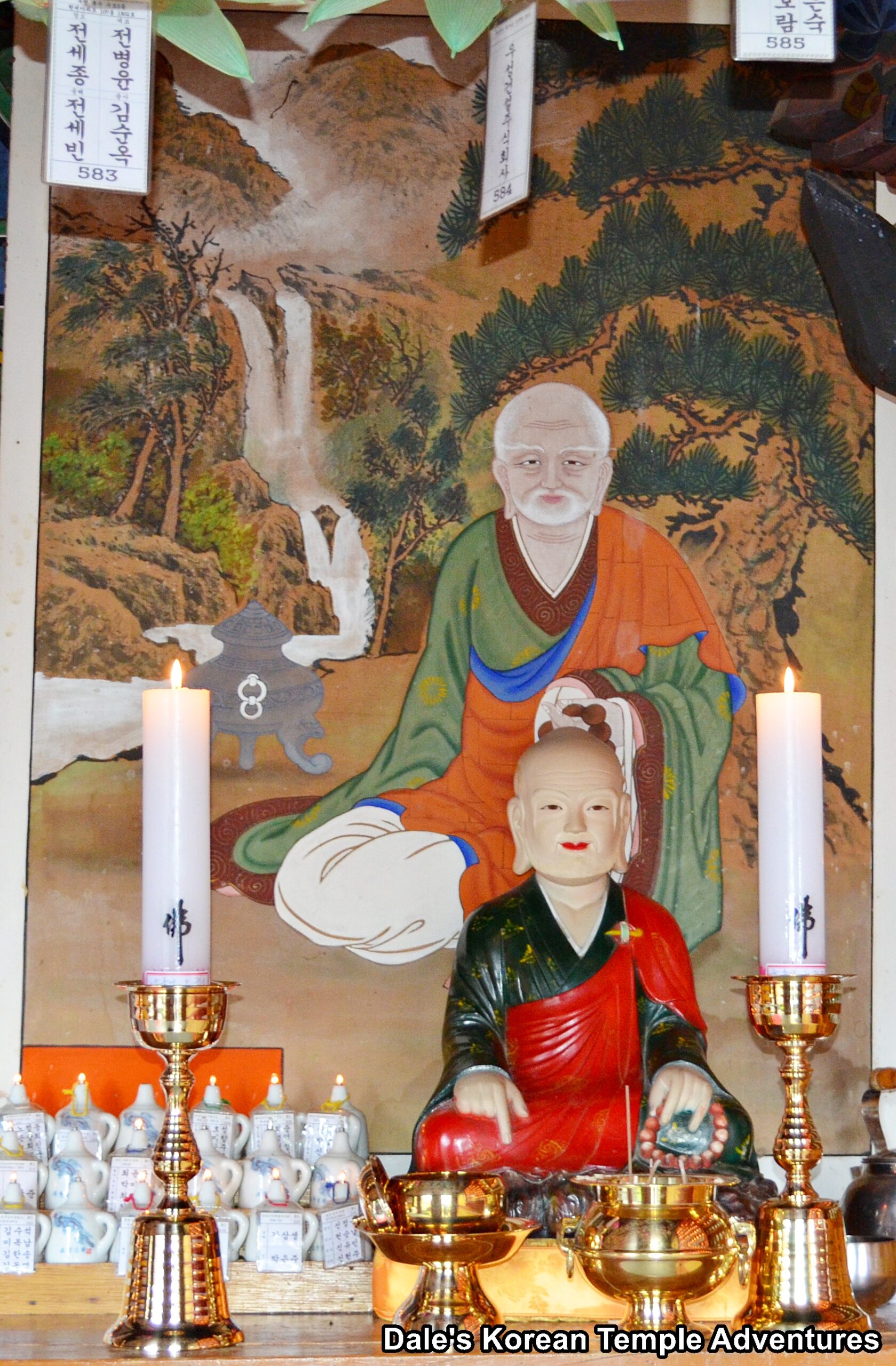

Recent comments